selected courses
What?
A computer program can be compared to a political system, in which
input acts as cases, subroutines as courts of laws, and output as jurisprudence. This
course
explores the analogies between digital systems and political systems, how they influence
one
another, and how they are born from human minds to act upon the human world.
Starting from the pervasiveness of code, this course is a survey of how political
philosophy
supports
the designing and development of software in various areas of our lives.
Why?
In the midst of a backlash against the ubiquity
of computer systems and big data, this
course postulates that algorithms are only as
dangerous as the social context they support.
By understanding one, we can understand the
other, and understanding is the pre-requisite for
social change.
Students taking the course will develop an ability
to critically assess the tools and systems they
are presented with on an everyday basis and be
empowered to build alternatives to those digital
structures.
How?
The course is based both on readings and
discussions, as well as hands-on production.
Each week is centered around a particular topic
in political philosophy (public space, ownership,
sociability, self-image, language, etc.) and offers
a discussion on the impact that software has
had on each of these fields.
In parallel, lab sessions introduces them to the
current implementation of the technologies
discussed (from DNS to chatbots and face
recognition), and provides them with a range of
techniques to develop their projects with.
What?
It seemed very unlikely, at the dawn of computing, that one would ever be interested in using calculators as tools for art. More than half a century later, it is hard to imagine any artwork which hasn’t been influenced by computers, whether as its core component, or as a reference point, or by using file formats, or by finding inspiration on the internet. This class retraces the impact of computers, and more specifically of the most intangible part of computers -software- on the visual and literary arts.
Why?
Software, oscillating between machine and man, is a unique vantage point on the history of art and society in an era during which the impact of technology became unprecedented. While born into the US ‘iron triangle’ of army, industry and academia, Software Art: Image embodies a desire to free oneself and reflect upon one’s place in such a world, both building on and contradicting previous dynamics in art history.
How?
This course is also directed towards developing
an artistic thought, sensitivity and skill with
programming and, as such, focuses on three parts. Readings and
critique will expose the students to different
ways to think about software art, as well as key
artists that helped establish the discipline.
Weekly assignments allows students practice
and iterate on shape, shade and movement as
they familiarize themselves with programming
techniques using OpenFrameworks.
Finally, three major pieces will be developed, and
presented in class for critique, on the themes of
stillness, motion and performance.
What?
“The one thing that foreigners, computers and poets have in common is that they make unexpected linguistic associations”. Software Art: Text focuses on the place of software in the emergence of electronic literature. Building on existing practices, such as Surrealism, OuLiPo and chance operations, computational texts will act as lens through which we will look at the new iterations of fiction, narrative, poetry and language
Why?
The language we use defines who we are and
qualify the world we live in. By paying attention
to those word, from source code to thousands of
posts on a forum, to the phrases we live behing in
our own mailbox, this course brings back poetry
into voltage-dependent realm of software, and
postulates that, by adding further programmatic
constraints to our means of expression, we can
still reach towards the beautiful.
As such, this class attempts at making sense
out of the overwhelming amounts of textual
information that we are presented with on a
daily basis.
How?
This class consists in assignments leading up to the composition of a holistic piece of computational text. The first part of the class looks at text as a raw material, introducing scraping and grep as tools for modern collage. The second part focuses on text manipulation, from grammars to markov chains with Python. The last part highlights performace, exploring synthesized voices, dialogue systems and broader interactivity. At each of these steps, students are asked to read and comment on existing pieces to help them develop close-reading skills.
What?
Alternate Realities is a course focused on the
production of three-dimensional, room-scale,
interactive experiences. It is based on interaction
design, game design and procedural art in
order to adapt the concepts and aesthetics of
installation art in the virtual world.
Students are introduced to a complete toolkit
as well as best practices in terms of designing,
planning and developing a fully-functional VR
application, using a workflow that is similar
to that of a professional environment, using
Unity3D, GitHub and Blender.
Why?
While a lot of the development in hardware and software related to Virtual Reality has created a renewed interest in our recent years, it seems that the “killer app”, the one application that will justify the existence of the medium, is still nowhere to be found. This class will take an experimental approach to interaction design in order to explore the possibilities of the medium, while at the same time exposing students to a versatile suite of software tools.
How?
The class is first and foremost project focused
and collaboration focused. It assumes that great
projects often come out of group work, and that
the ability to work with others is as valuable
in a professional setting as the mastery of a
particular tool.
The first part of the semester consists in
developing two short projects using Unity3D
for the HTC Vive, allowing students to settle
with the workflow of VR development, while
the second part of the semester focuses on one
project, with the only requirement that it allows
for at least two users at the same time.
What?
This course is an introduction to the theory and practice of digital media, of how they affect the formation of human groups, and how are themselves affected by human groups. This course starts from the position that technologies are socially constructed, and that their impact on human societies is not only productive and economical, but also cultural. This course traces the histories and current situations of such developments and impacts.
Why?
Changes in means of communication imply changes in the nature of communication itself, and therefore in the nature of the societies which communicate through these means. The near-ubiquitous presence of computer-mediated communications thus affects the way that humans organize, relate and imagine. As computers are changing us, this class provides the tools to approach and understand the nature of these changes.
How?
This course will proceed along three axes: decoding, coding and
exploring.
Decoding will be a cross-disciplinary approach to the digital, spanning history,
sociology,
anthropology, media studies, science/technology studies and software studies.
Coding will involve students the practicalities of working with, and creating,
digital objects
(websites, videos, podcasts, visualizations).
Exploring will stand on the two
previous and
take the form of a digital exploration: a sociological investigation on the social,
economic
and/or political impact of digital technologies on human behaviors and practices.
This
investigation will be designed, developed and presented on a digital platform
harnessing the
specific affordances of digital media.
What?
This is a seminar around the concept
of representation in the computer age. As a
combination of lectures and exercises, it will
touch upon the themes of nature and nurture,
signifiers and signifieds, communication and
information, reality and virtuality.
This is a critical studies course, insofar as it aims
both a contextualizing the use of the computer
as a representational medium, but also the
latest iteration of human needs to represent
and embed mythologies wthin our tools.
Why?
From digital image processing to connected
devices and artificial intelligence, we are more
and more inclined to witness our environment
through the frame of the computed. However,
the fundamental distinction between the
continuous aspect of our lived, immediate,
analog experience and the digital, discreet logic
of software and hardware cannot be avoided.
This course will be looking at the different ways
that computers and computation have affected
theway that we represent the world around us.
How?
A combination of lectures about the historical
and philosophical developments of both the
history of art and the history of technology
in the western world, along with critiques
of artworks —whether digital or not— and
programming exercises in order to grasp the
implicit implications of what it means to
represent through this computing medium.
This seminar is separated in four main themes:
visuality, literacy, automated processes and
networked communications.
What?
Museums have a mission to preserve, research and educate. As such, information
organization
and delivery is crucial to this endeavour, and digital tools are being deployed to
better
further this mission.
This production course seeks to experiment with new ways to experience a museum
collection
through mixed reality. Topics covered include exhibition installation and curation,
mixed
reality and mobile production in Unity, and object-oriented ontology.
Why?
Museums are strange places. Preservation through decontextualization, teaching
without
engaging with objects, nation-building storytelling or critical exhibitions, these
institutions are at the nexus of cultural, political and educational dynamics. How
can
digital technologies help shed light on their complex intermingling?
This class engages with those topics through the lens of augmented reality, a
technology
which allows us to bring into the physical world that which was previsouly left
unseen.
How?
This class will weave the two fields of interaction design and museum studies in order to design and develop Augmented Reality applications to be used within a cultural institution. Students will read about the education missions of museums, the educational potential of new technologies and the information design process while completing several assignments with the Unity game engine. The class culminates in a collaboration with partner cultural institutions and museums in Berlin, such as the Humboldt Forum, the Gemäldegalerie, or the M4P0 organization.
What?
This course offers a way to implement visions for the future in a three-dimensional, explorable world. In order to enact social change, this class starts with the assumption that it is necessary to imagine and depict details of possible, future alternatives. We will therefore imagine how the world could look like in two hundred years, and then design and implement a virtual exhibition explaining to the visitor how we got there.
Why?
The world is a work of carefully assembled, organized and presented pieces of
fiction, which intersect more or less intimately with our beliefs and
experiences.
Building our own exhibitions of the future will allow us to highlight the power of
storytelling as it is used today in museums, political institutions and
advertisement industries, while allowing us to sketch out possibilities of how the
world could change radically in the future.
How?
This course will propose a suspension of disbelief in order to architect and construct virtual cosmogonies in the Unity game engine. Through readings, workshops and critique sessions, we will select, lay out and program texts, images, films, objects, spaces and procedures to persuade a virtual visitor of the coherence of our world. Drawing on environmental storytelling, procedural rhetoric, literary studies and museography, this class will explore how we can build cosmogonies of untold stories, alternate realities and possible worlds.
selected works

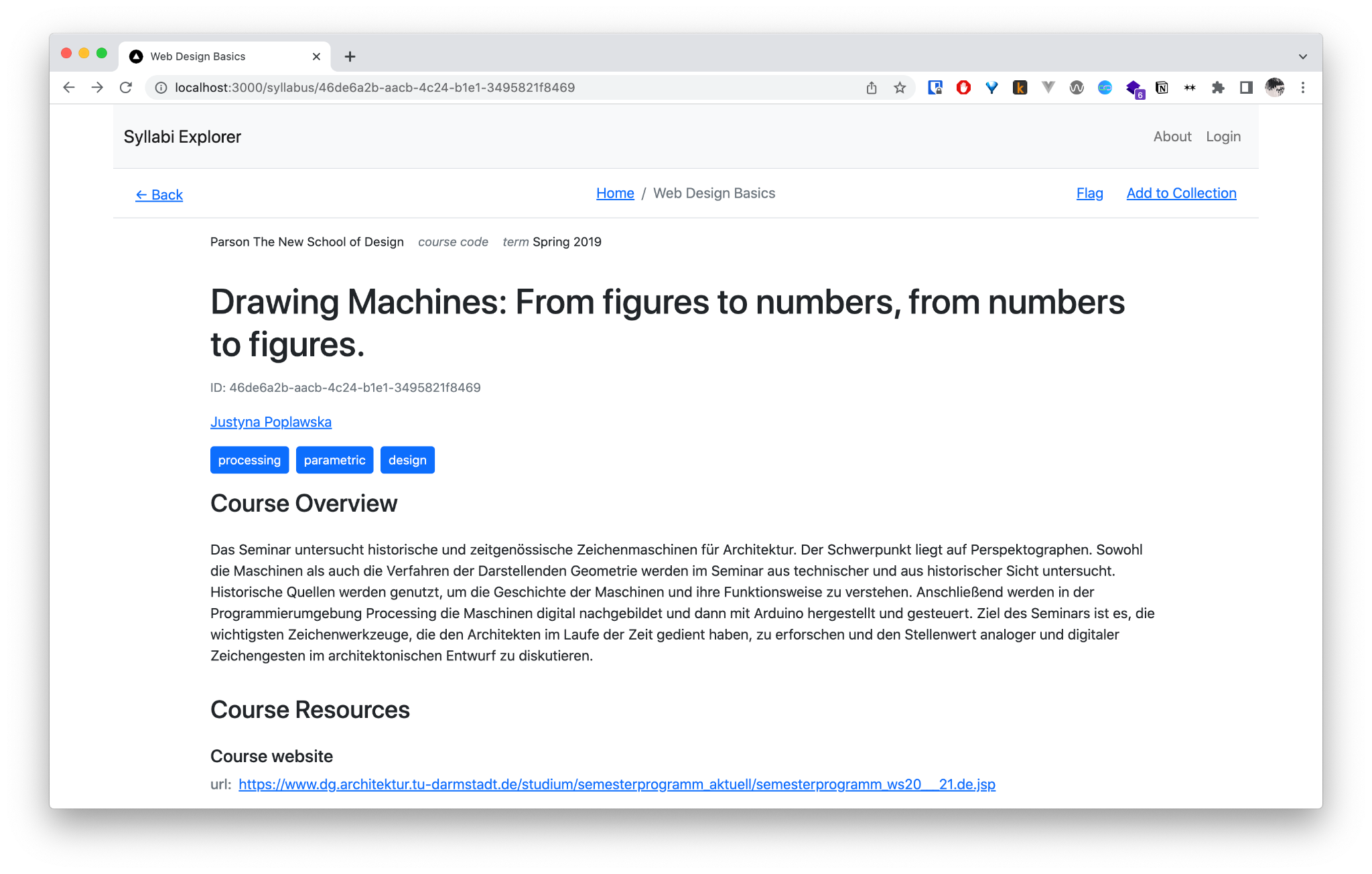
By and large, education is a field that thrives on open sharing and collaborative progress, and our goal with Syllabi Explorer is to create a platform that enables wide access to curricula.
This is supported by a grant of the german Federal Ministry of Education and Research, via the Prototype Fund.
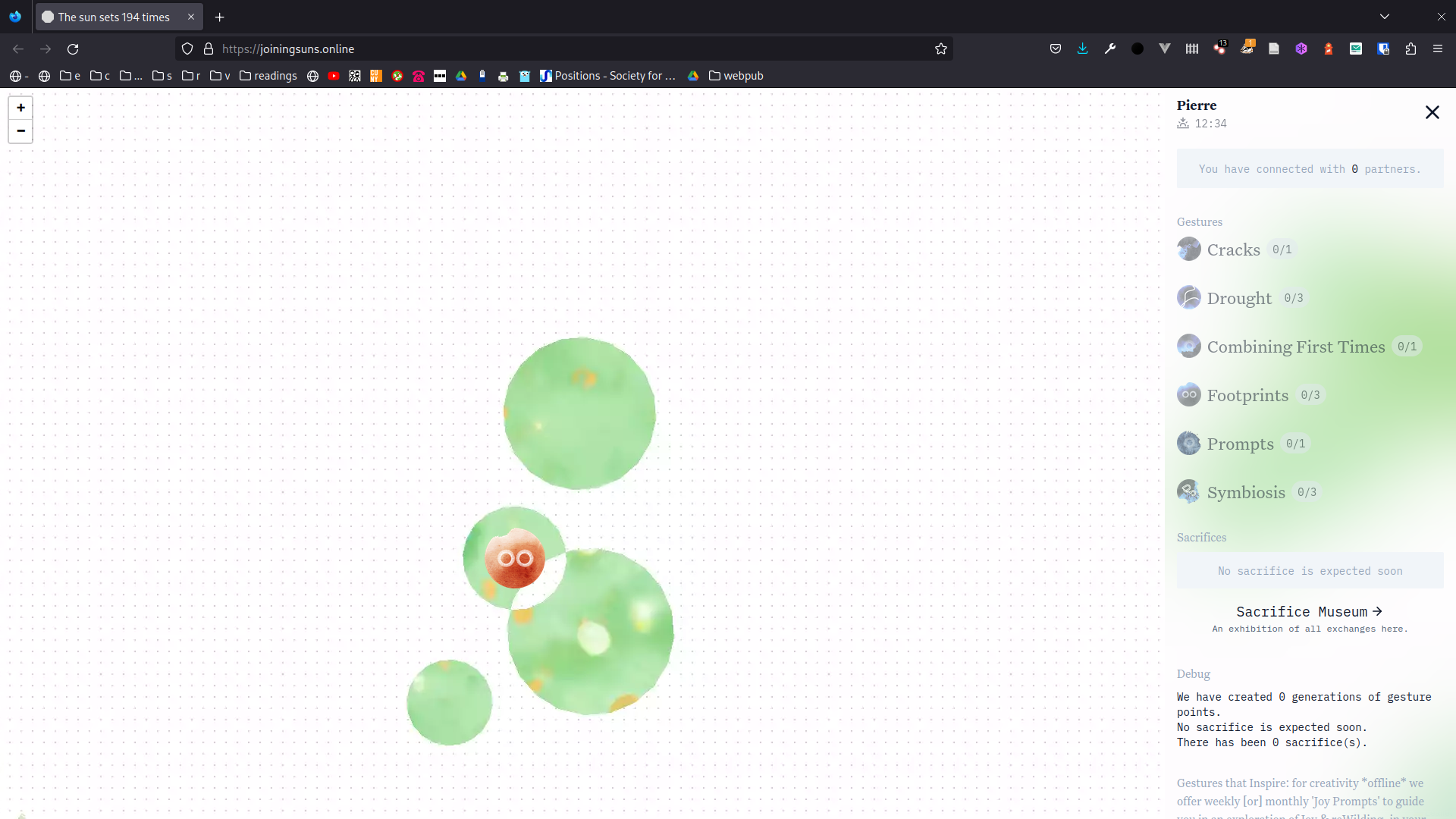
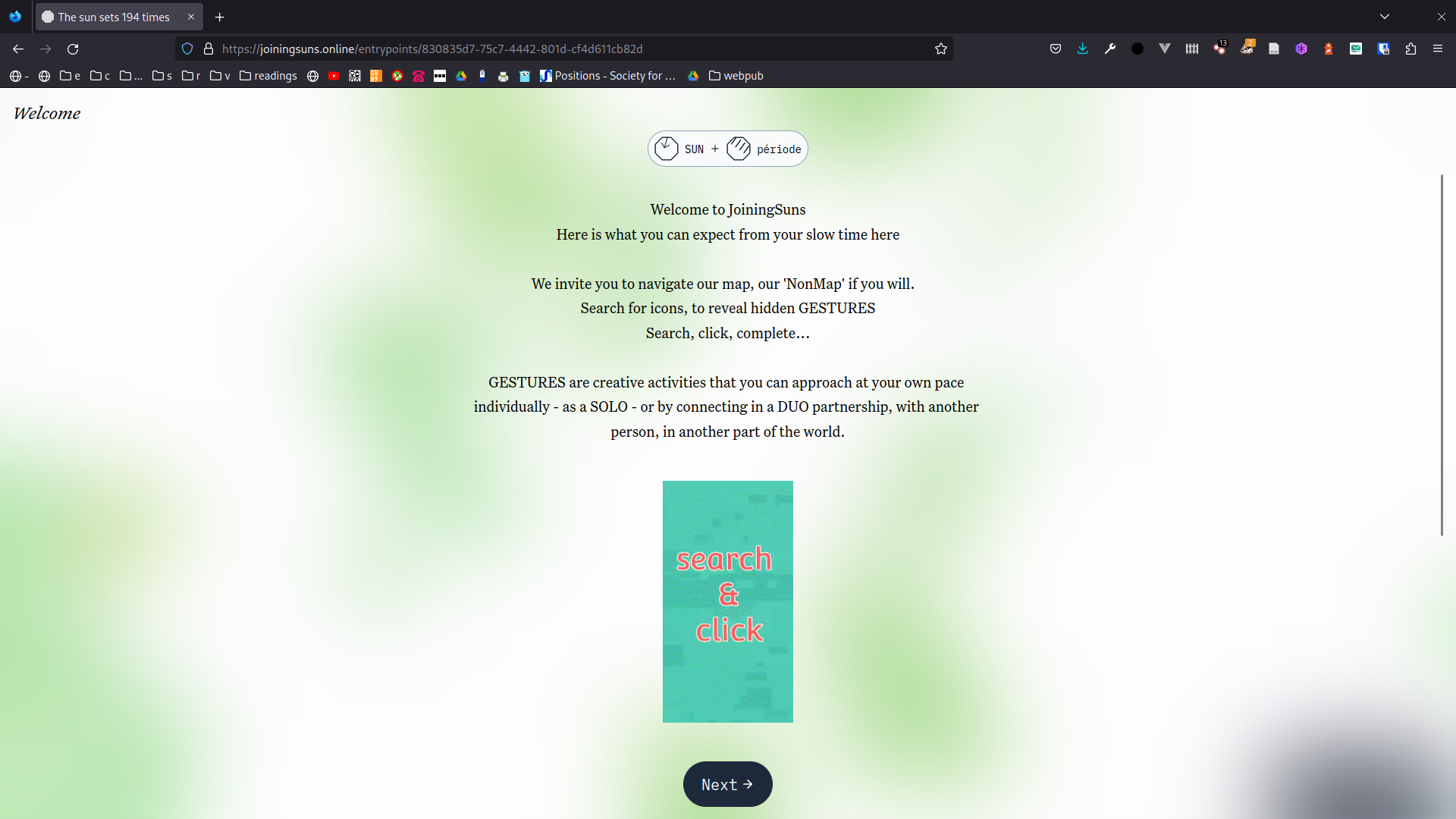
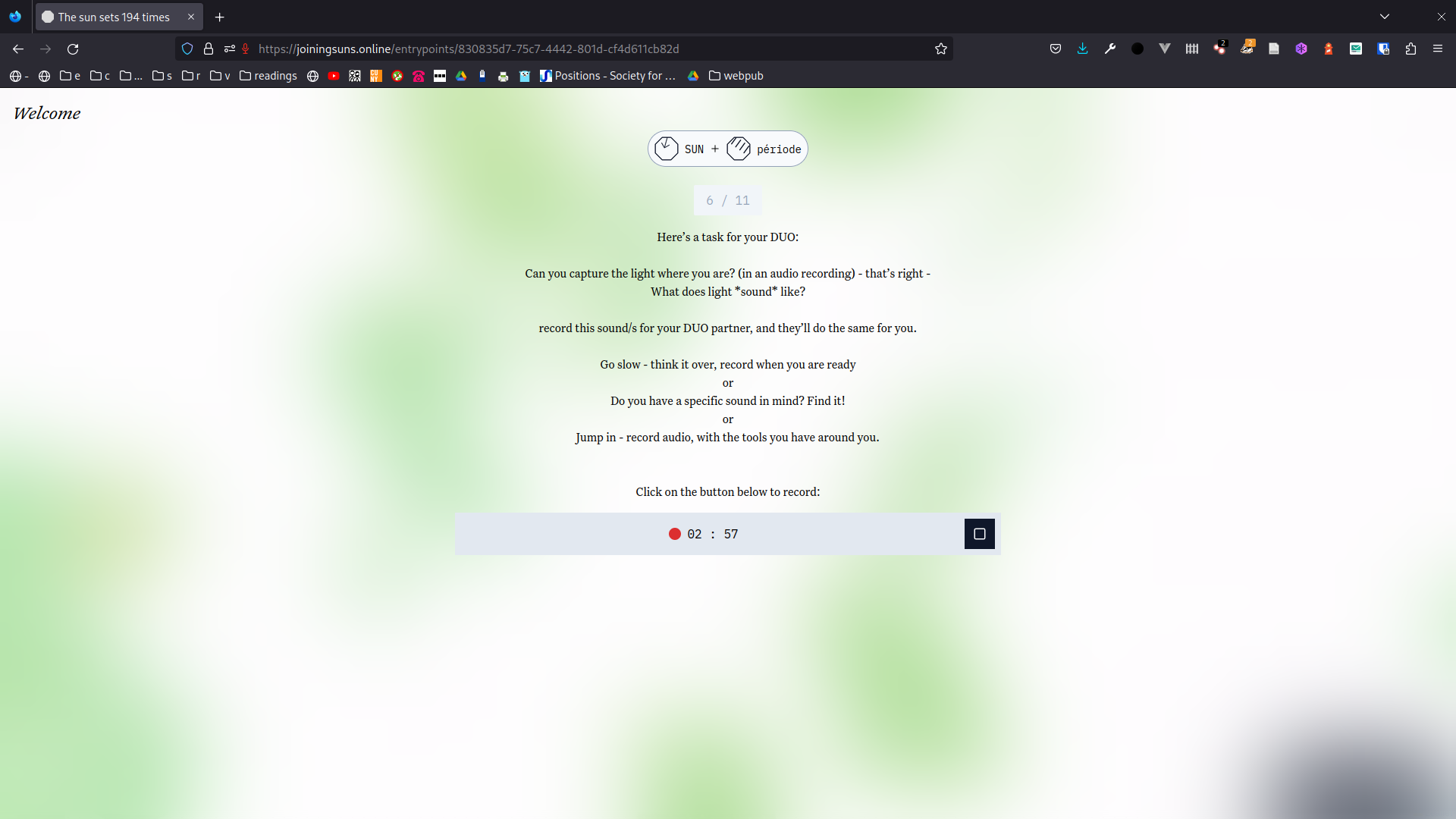
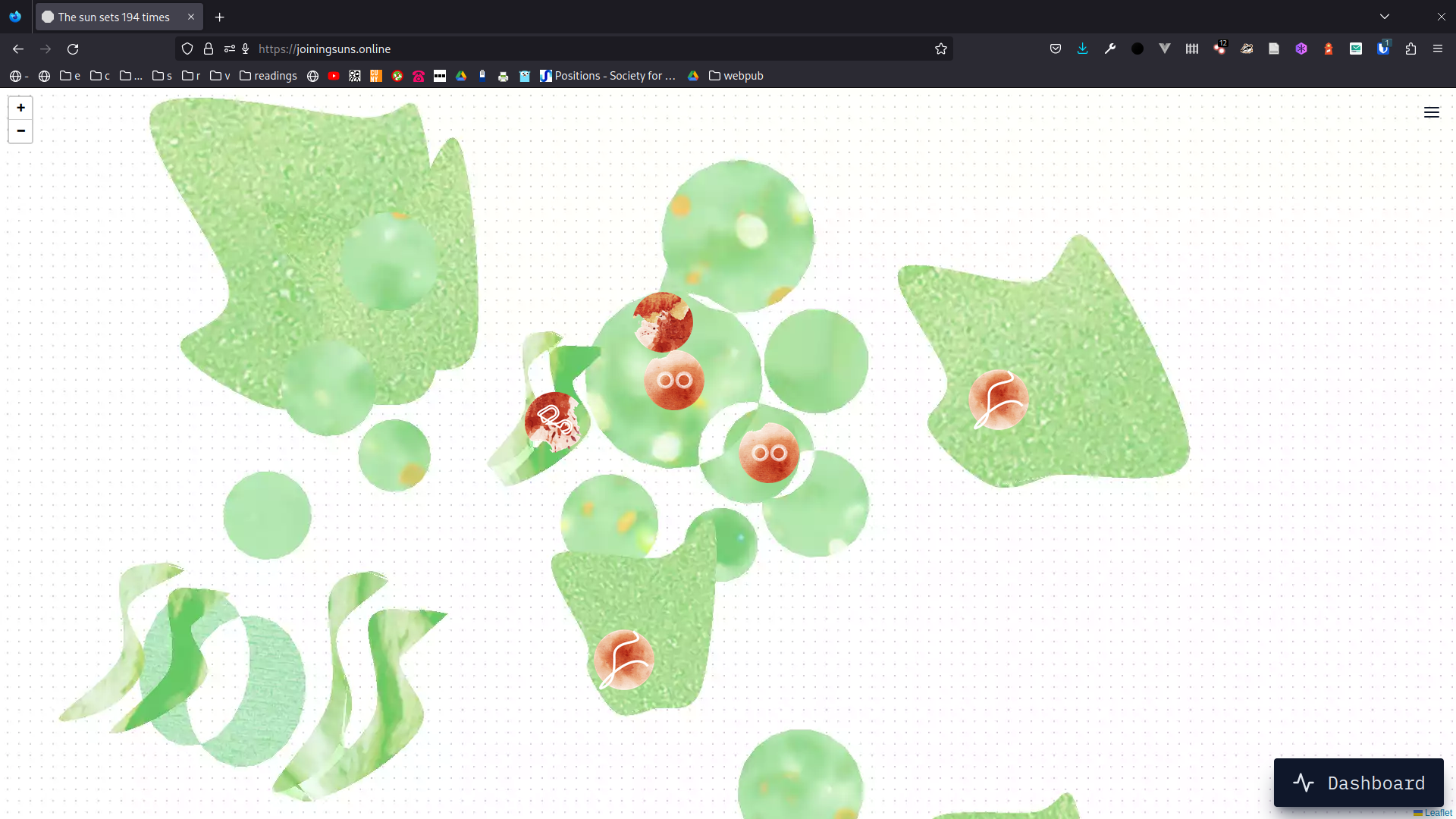
Designed by artists across the globe, these points of interests suggest moments of communion, expression and self-reflection through multimedia input and interactivity.
The suns sets 184 times was supported by the Kulturstiftung des Bundes.
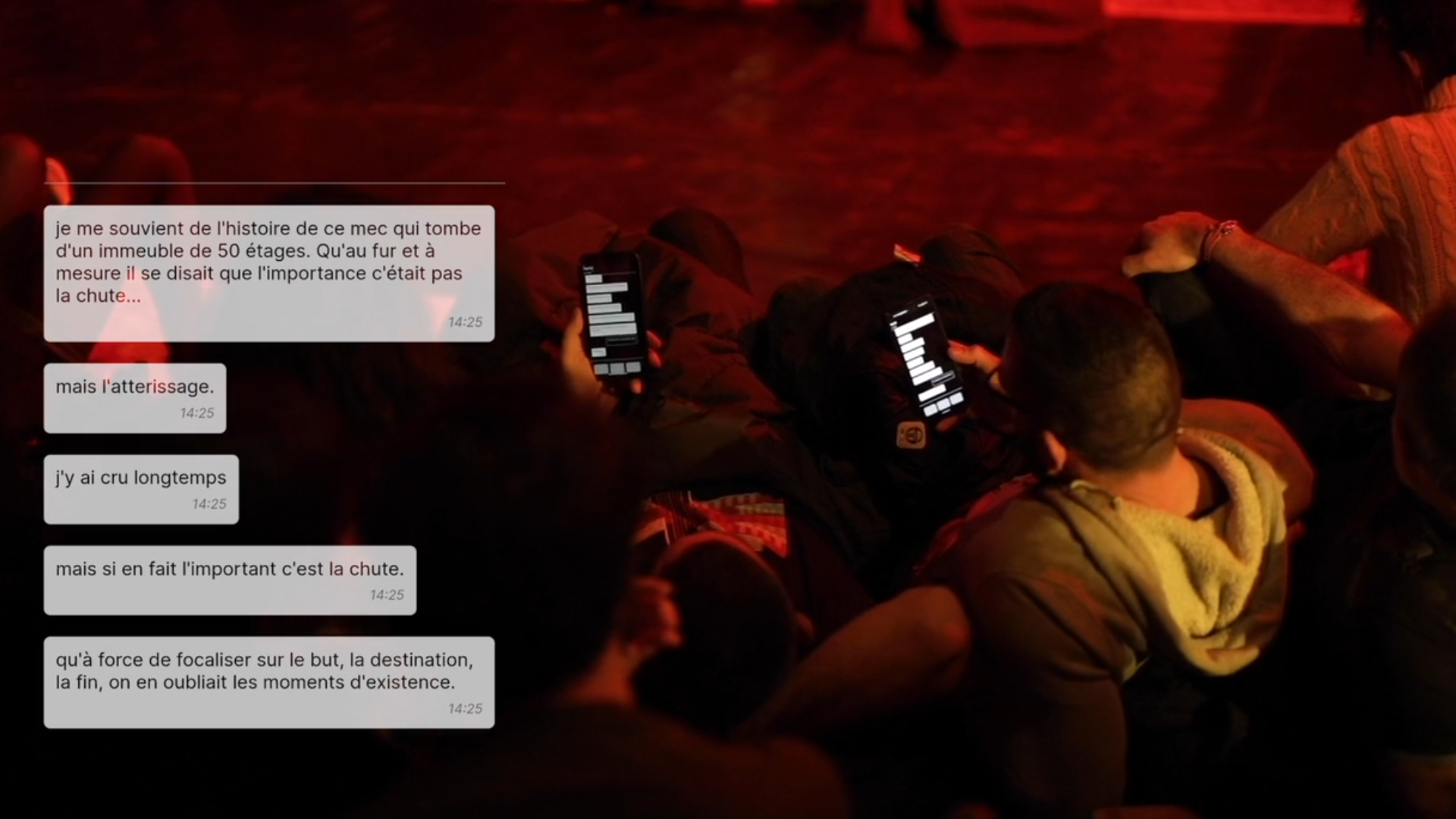
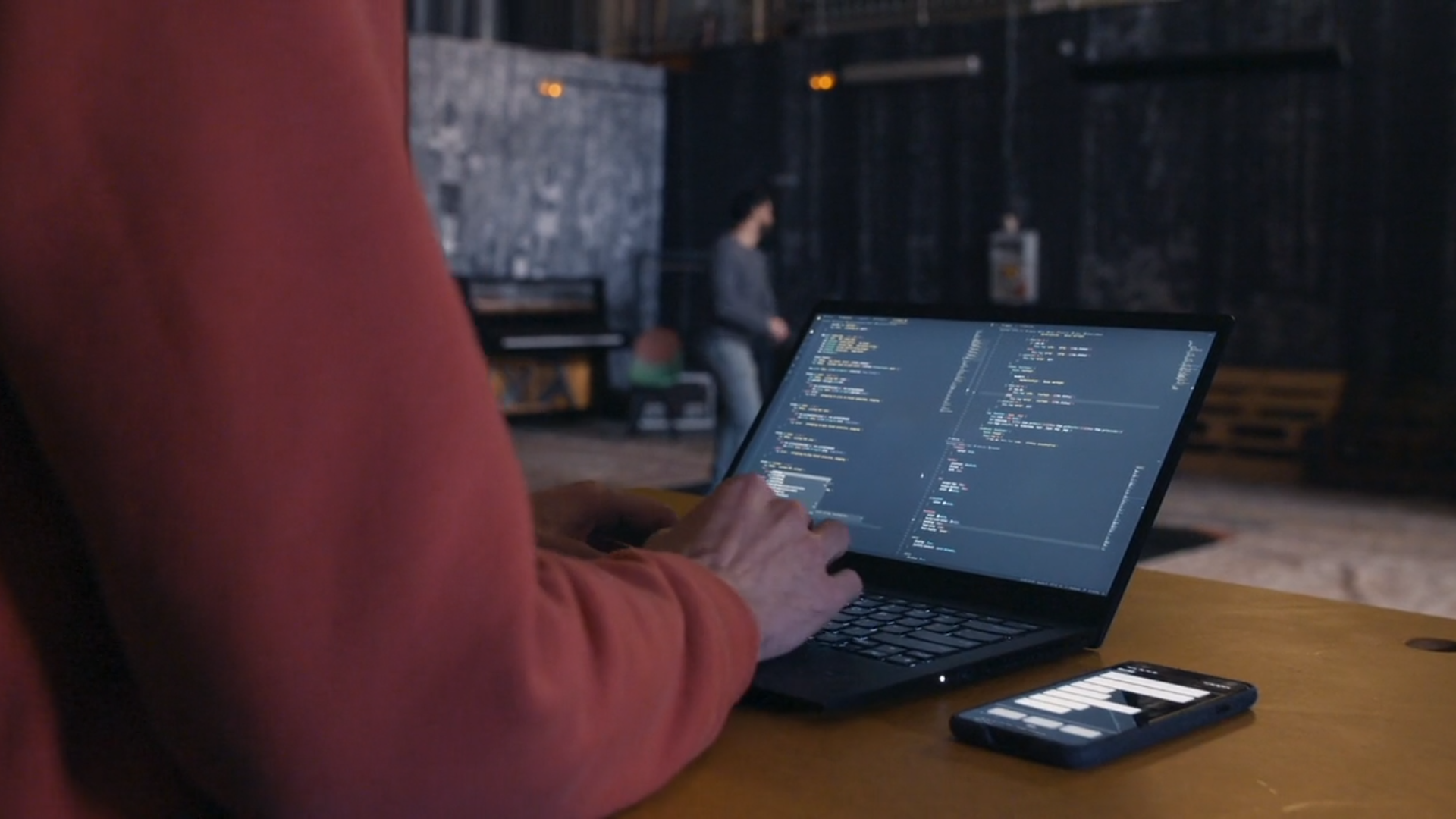
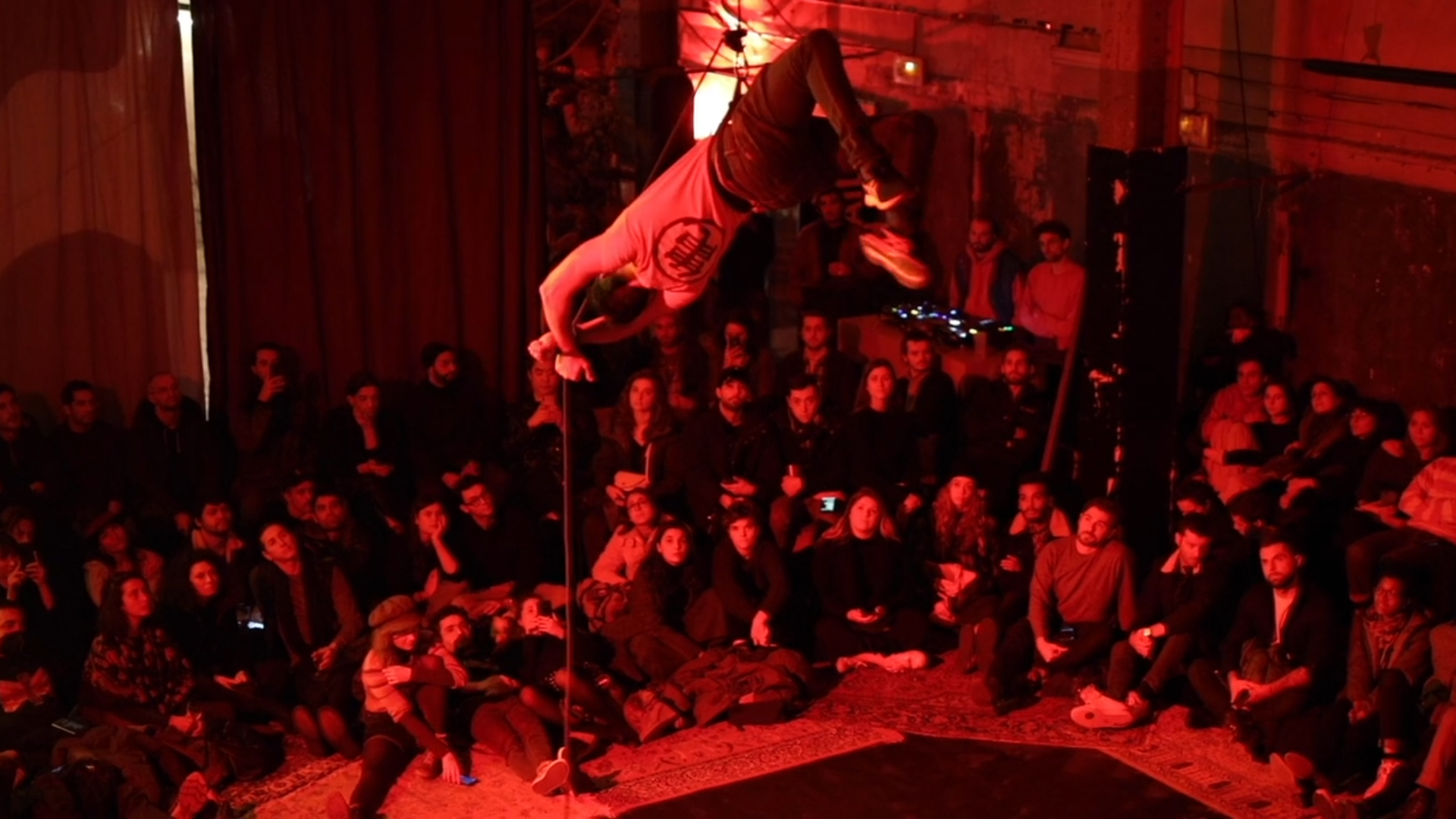
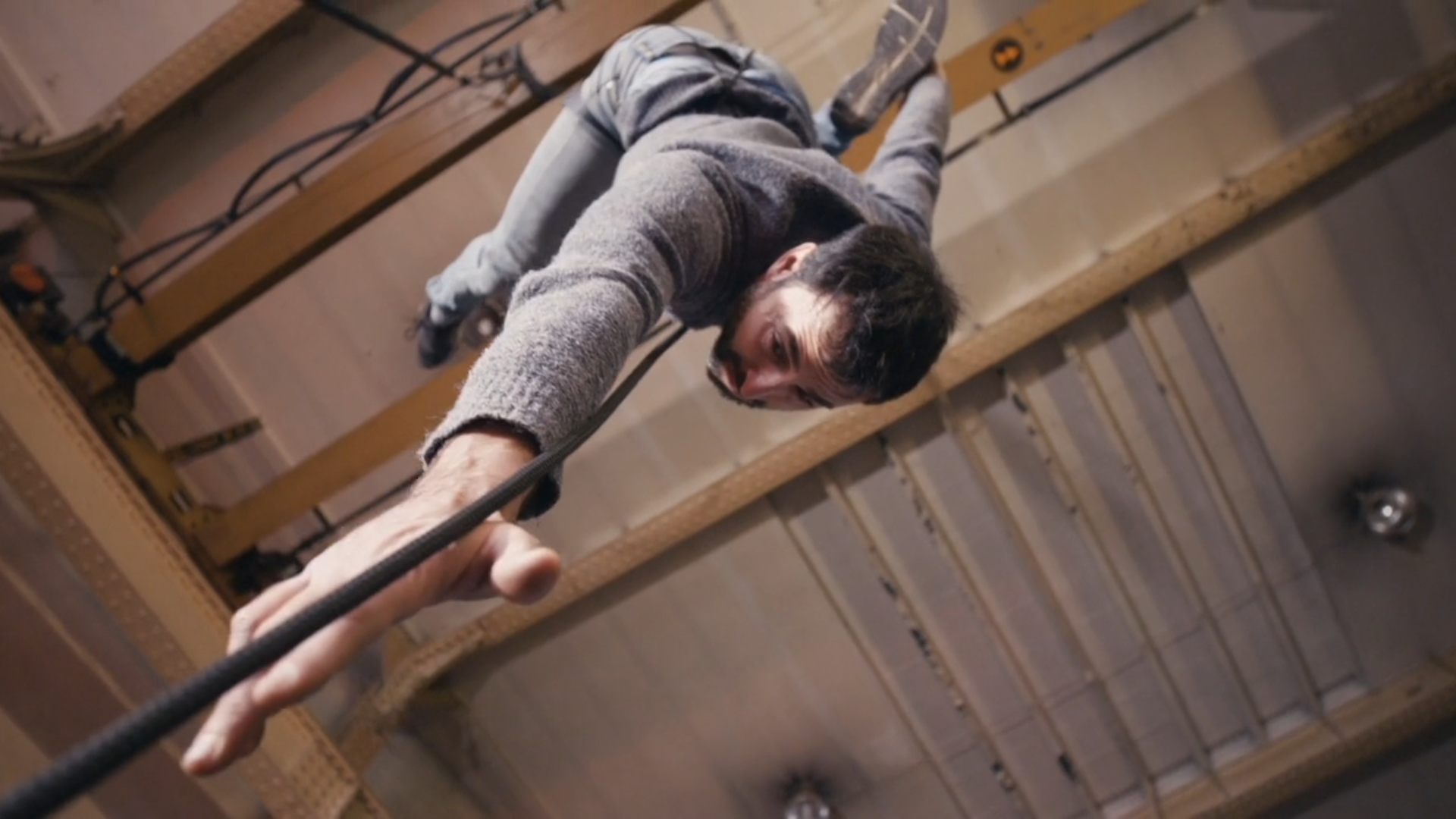
Touching on themes of class, queerness, seduction and police violence, a monologue gets sent as instant messages on the audience's smartphones. Half-modern day subtitles, half-modern day diaries, these devices constitute our research object, as we investigate what kind of narrative they support, and how digital media can complement live presence.
Vertiges had its world premiere at the Scène Nationale d'Annecy - Bonlieu.
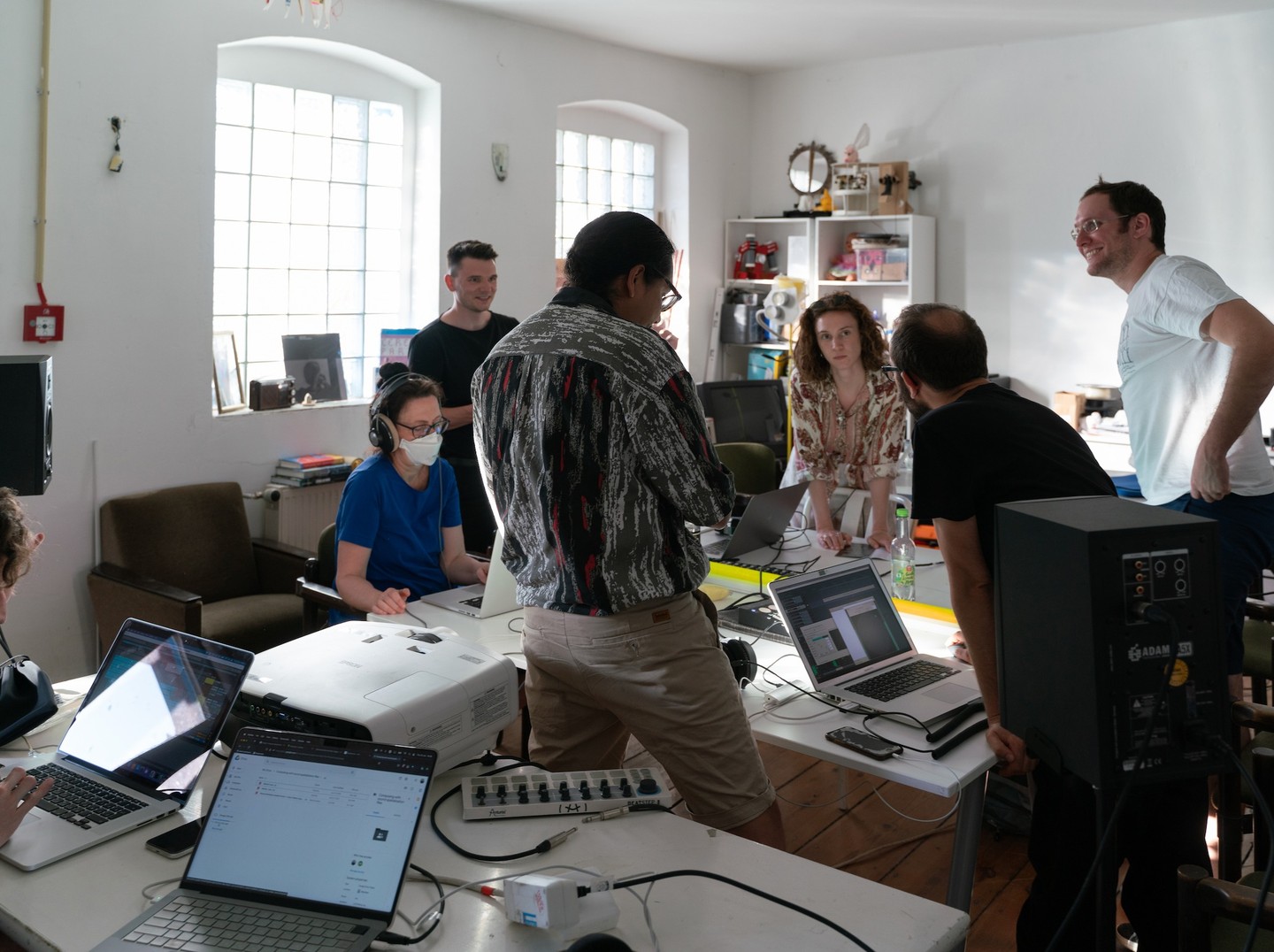
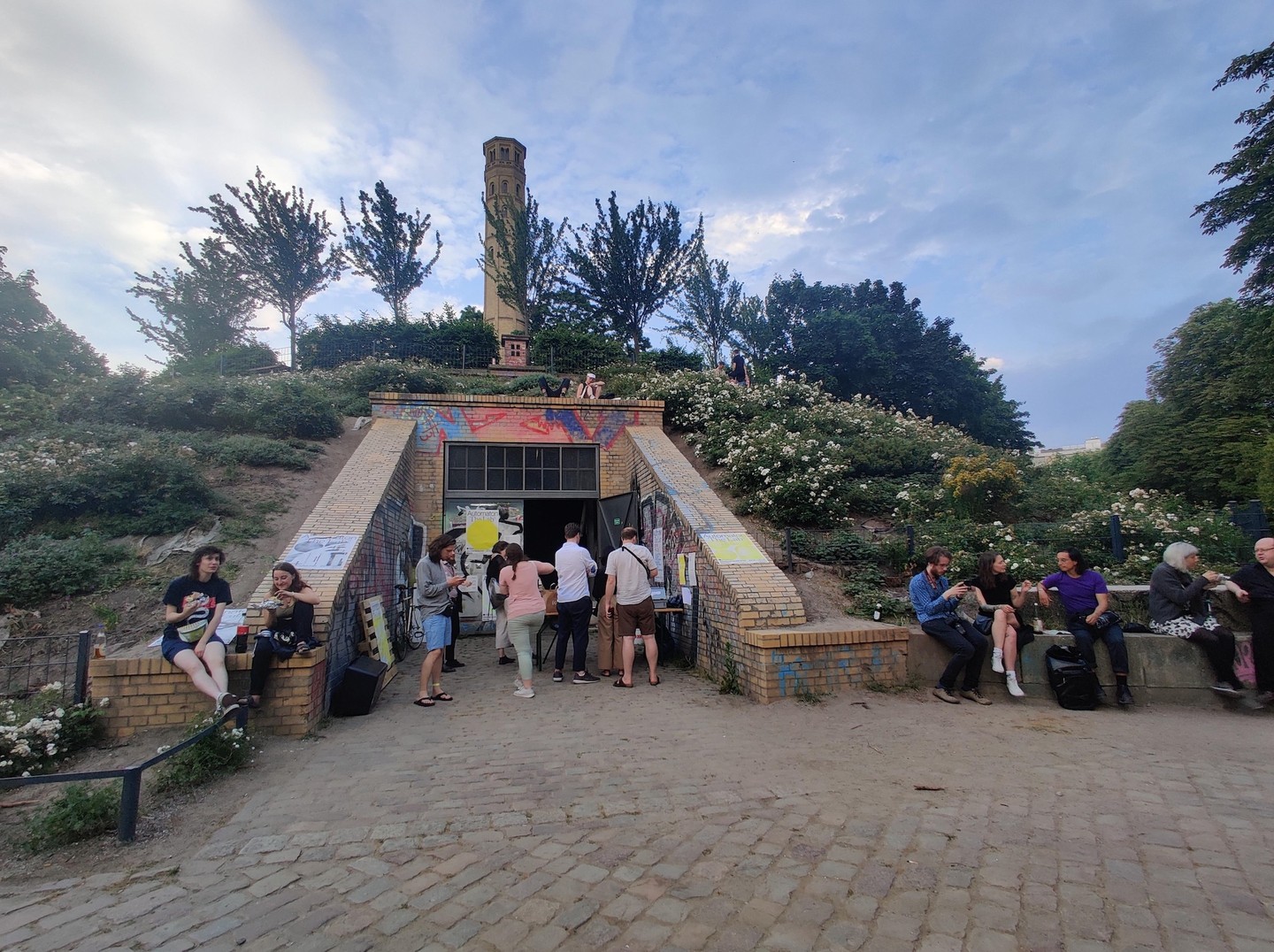
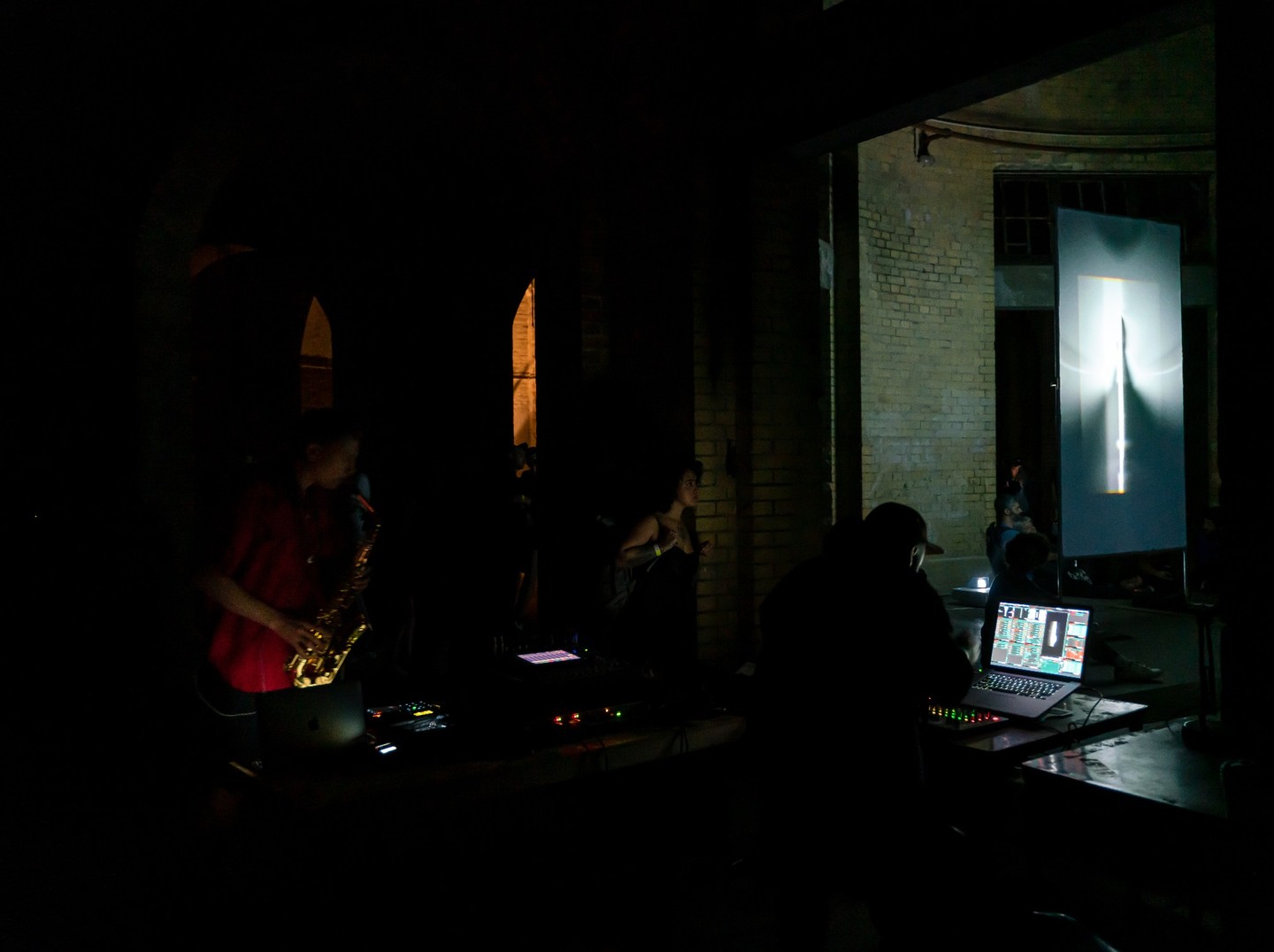
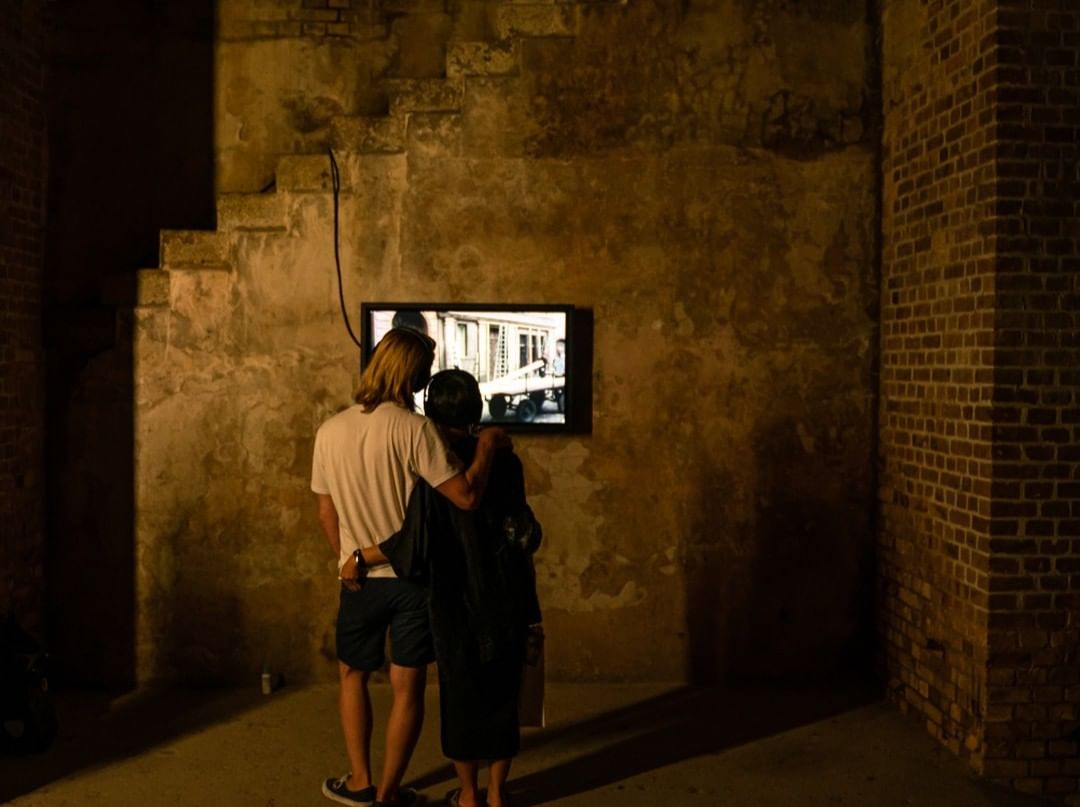
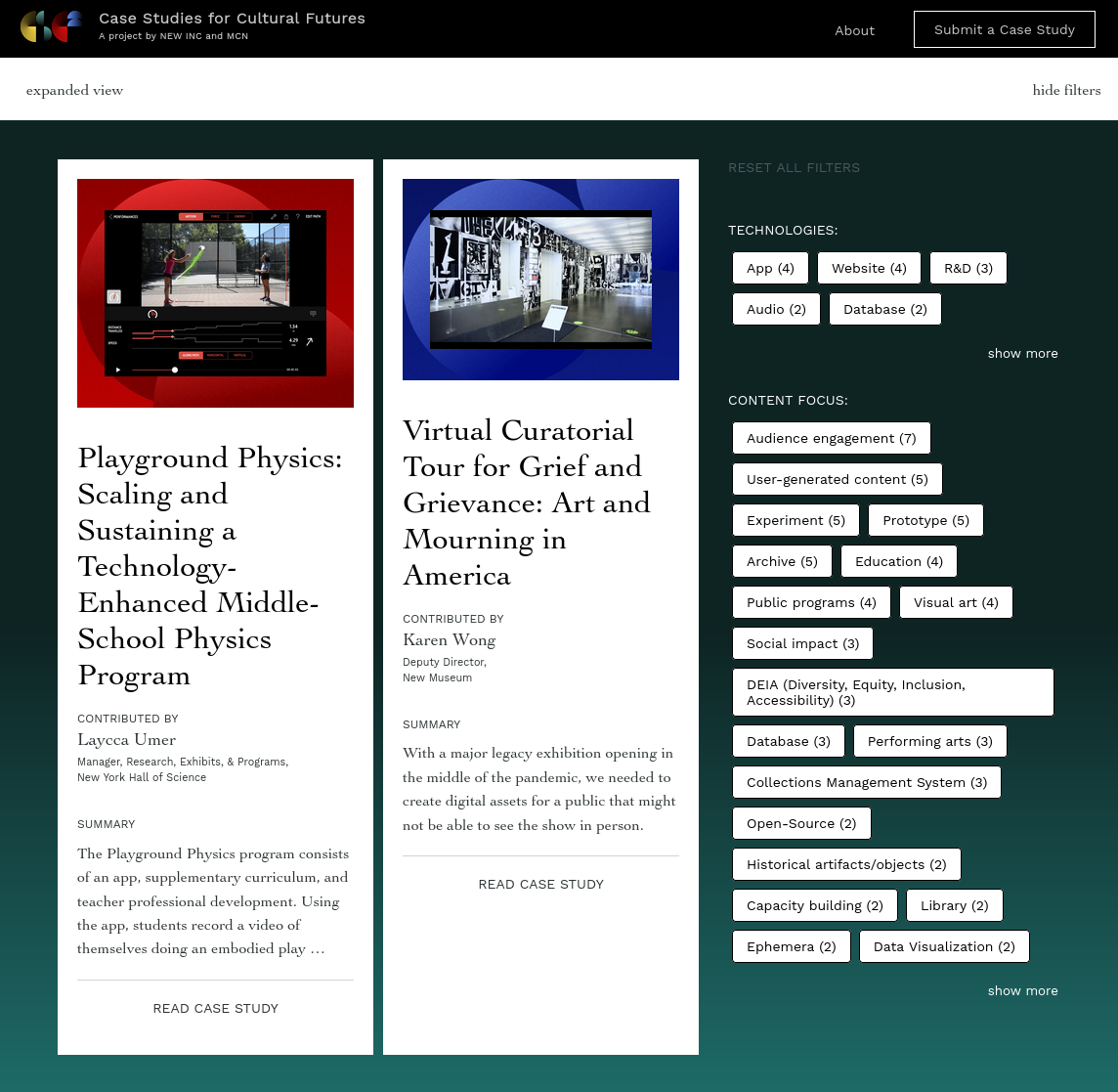
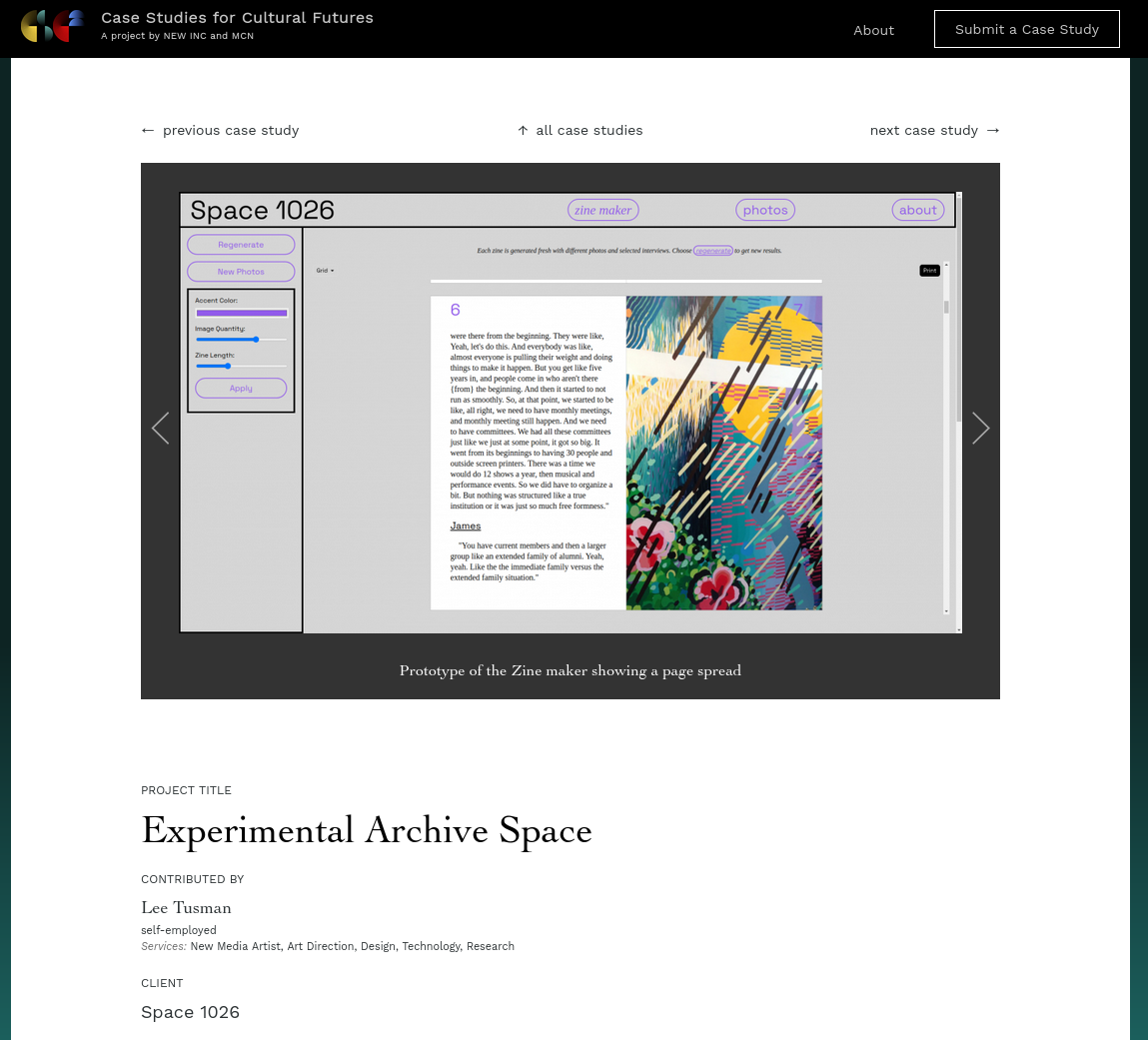
By bringing together project-focused stories from across the sector, we wanted to build a repository to foster an open exchange of knowledge in the museum world.
This was made for NEW INC and MCN, funded through the Knight Foundation.
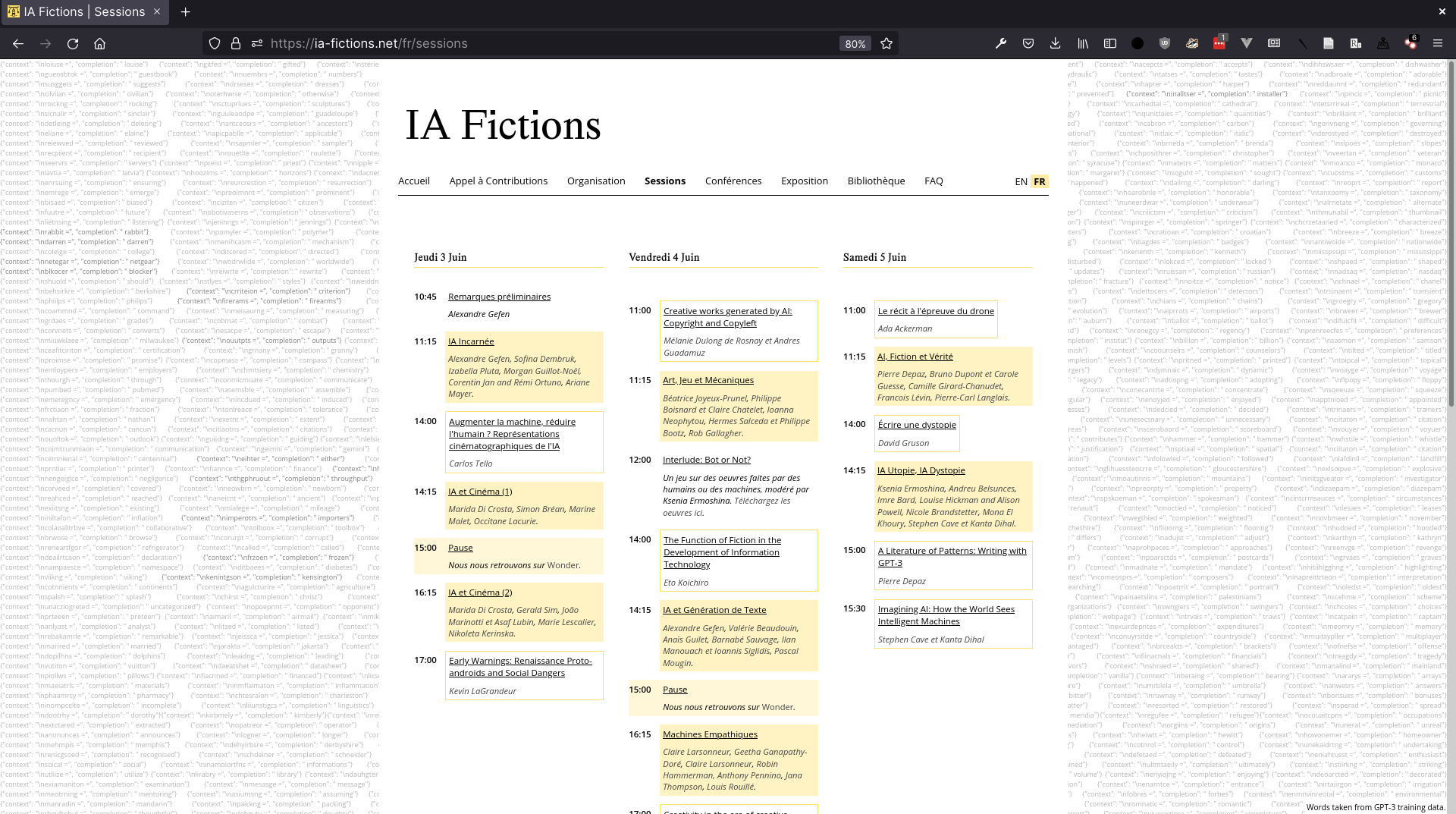
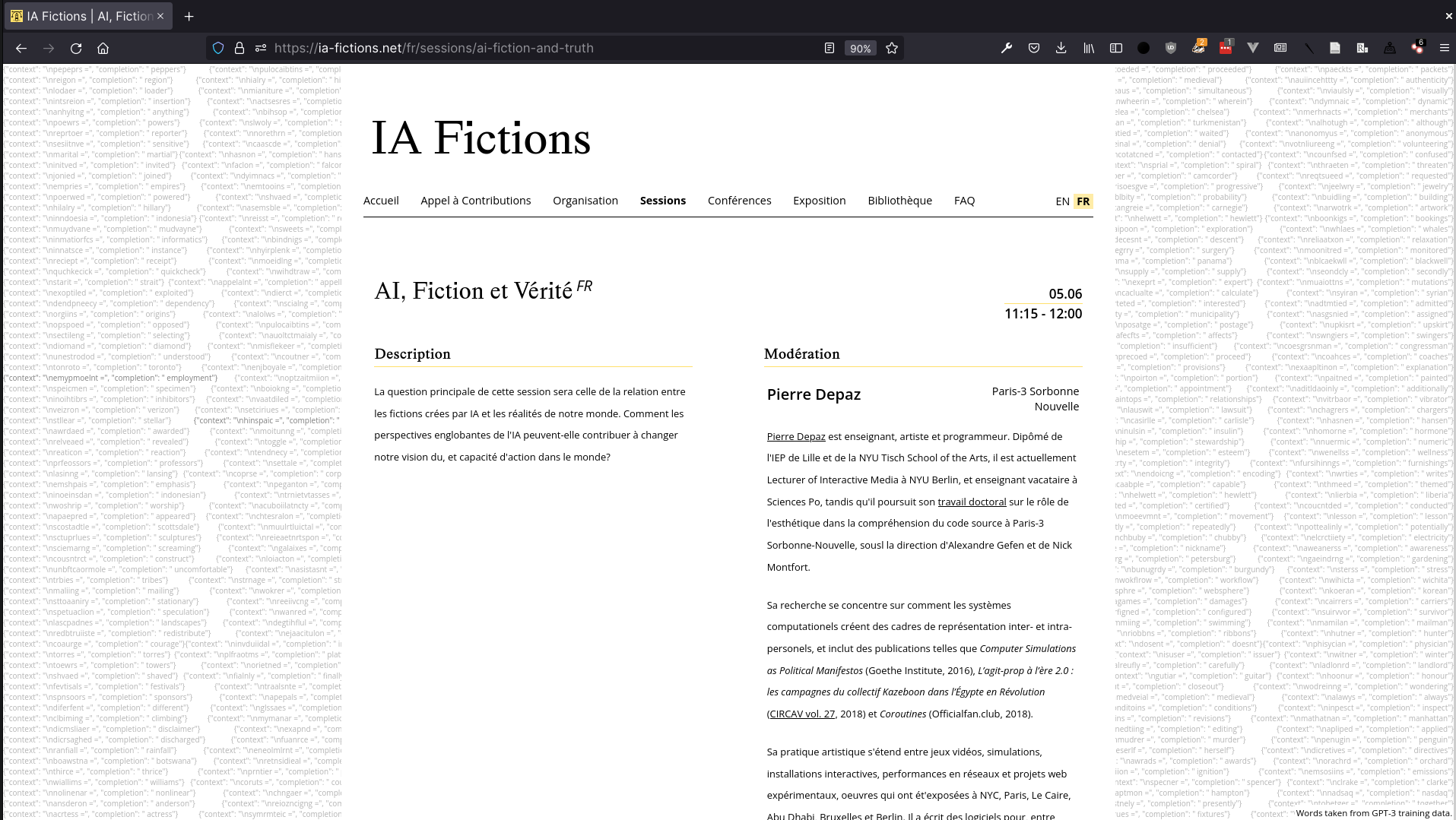
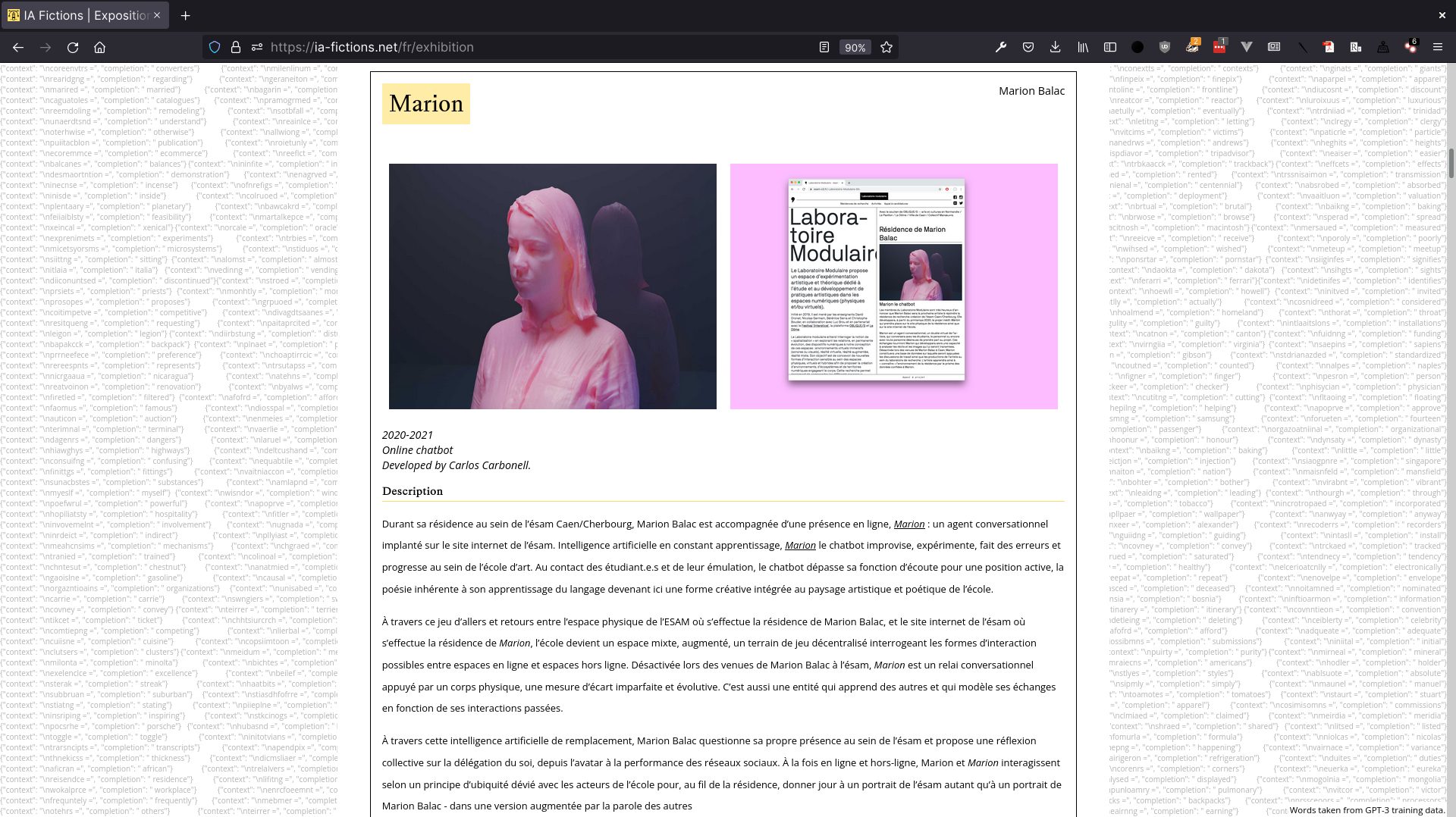
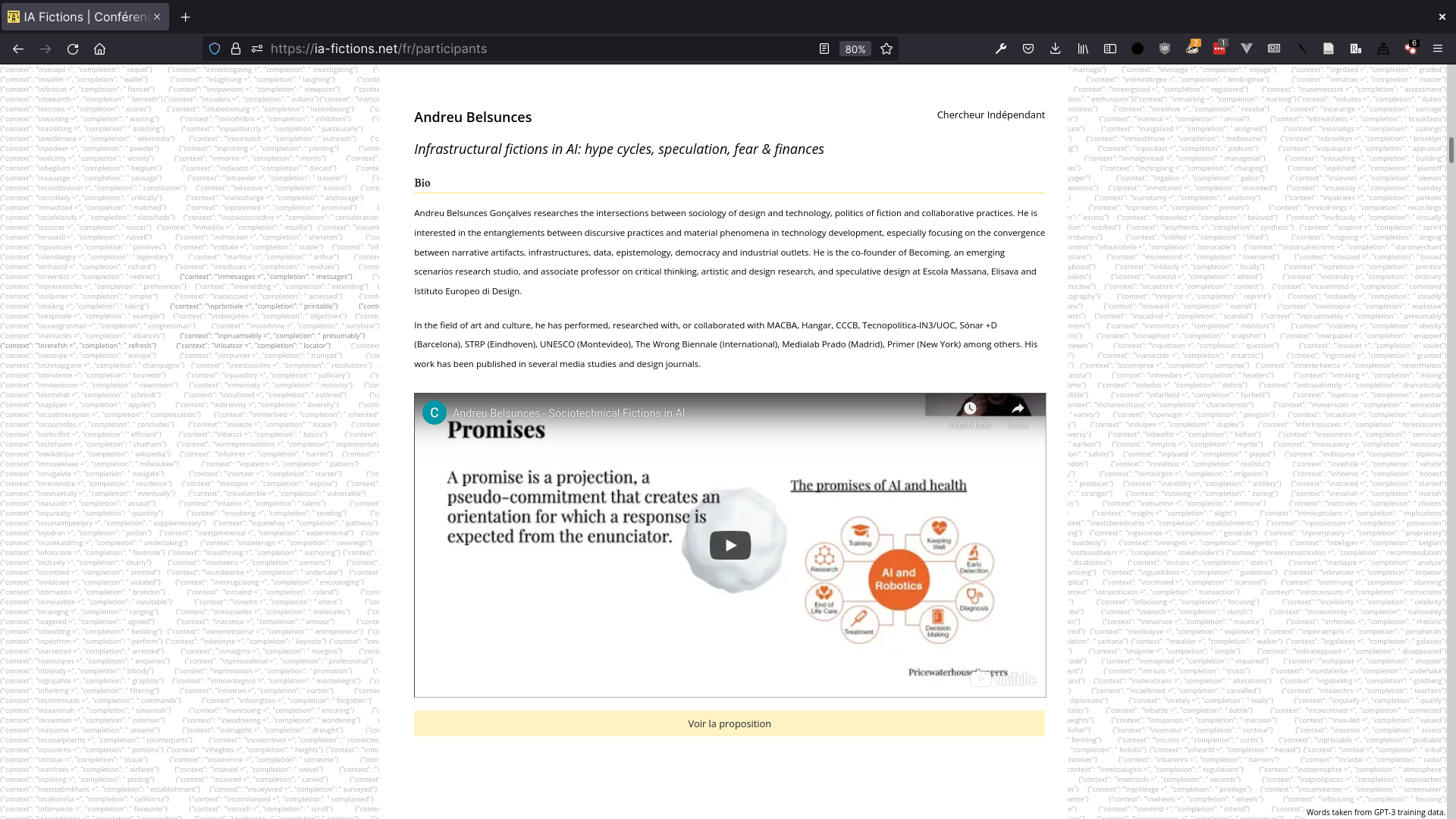
The conference was switched from in-person to online, which meant that I now had to establish a digital space which could act as the nexus of participants' engagements and contributions.
We decided that, rather than unilateral, live deliveries of the talks, these would be pre-recorded and uploaded to YouTube and the live sessions were reserved from Q&As. Additionally, an online gallery was established featuring works of digital artists, and a collaborative pad set-up to build a shared library of references.
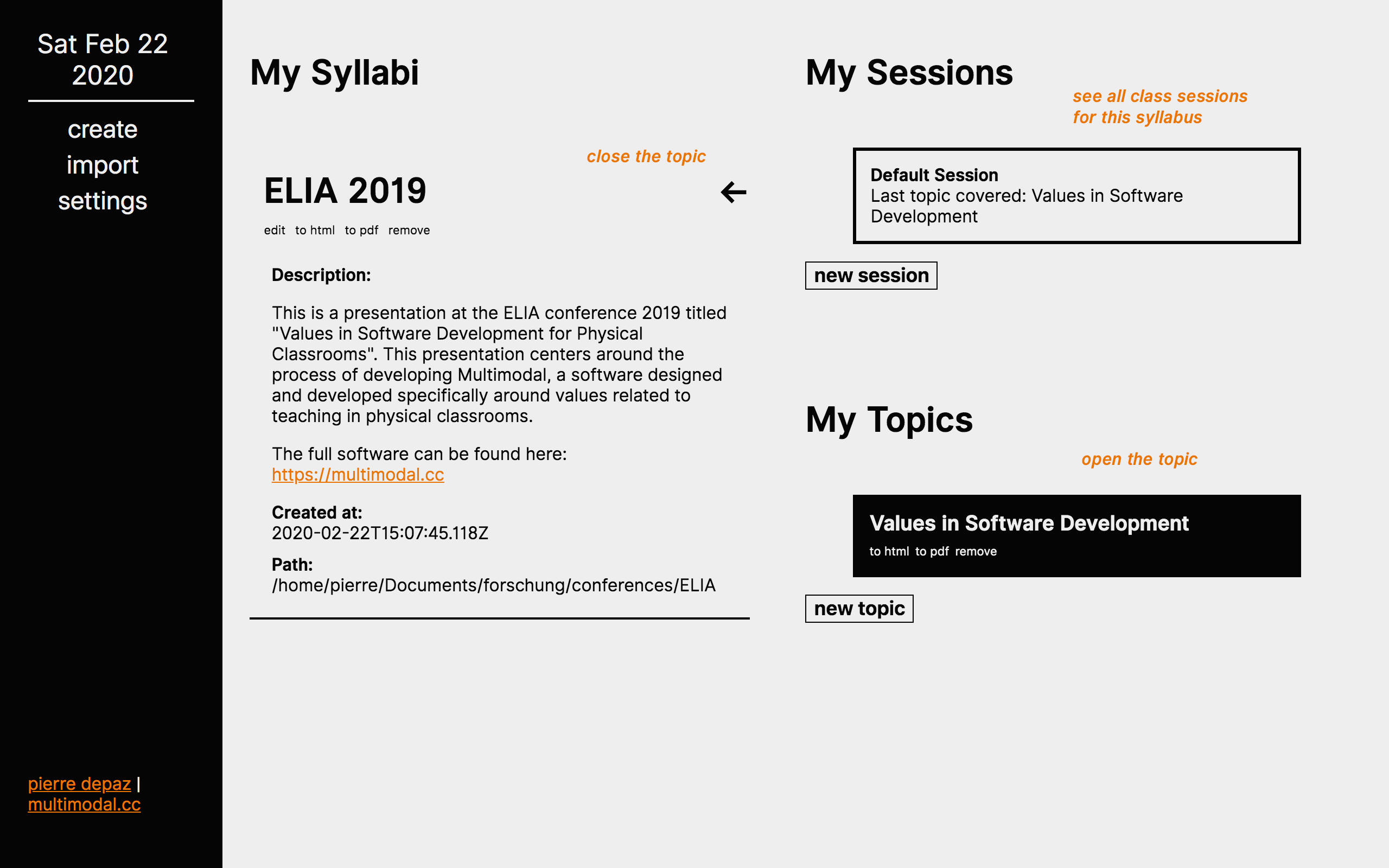
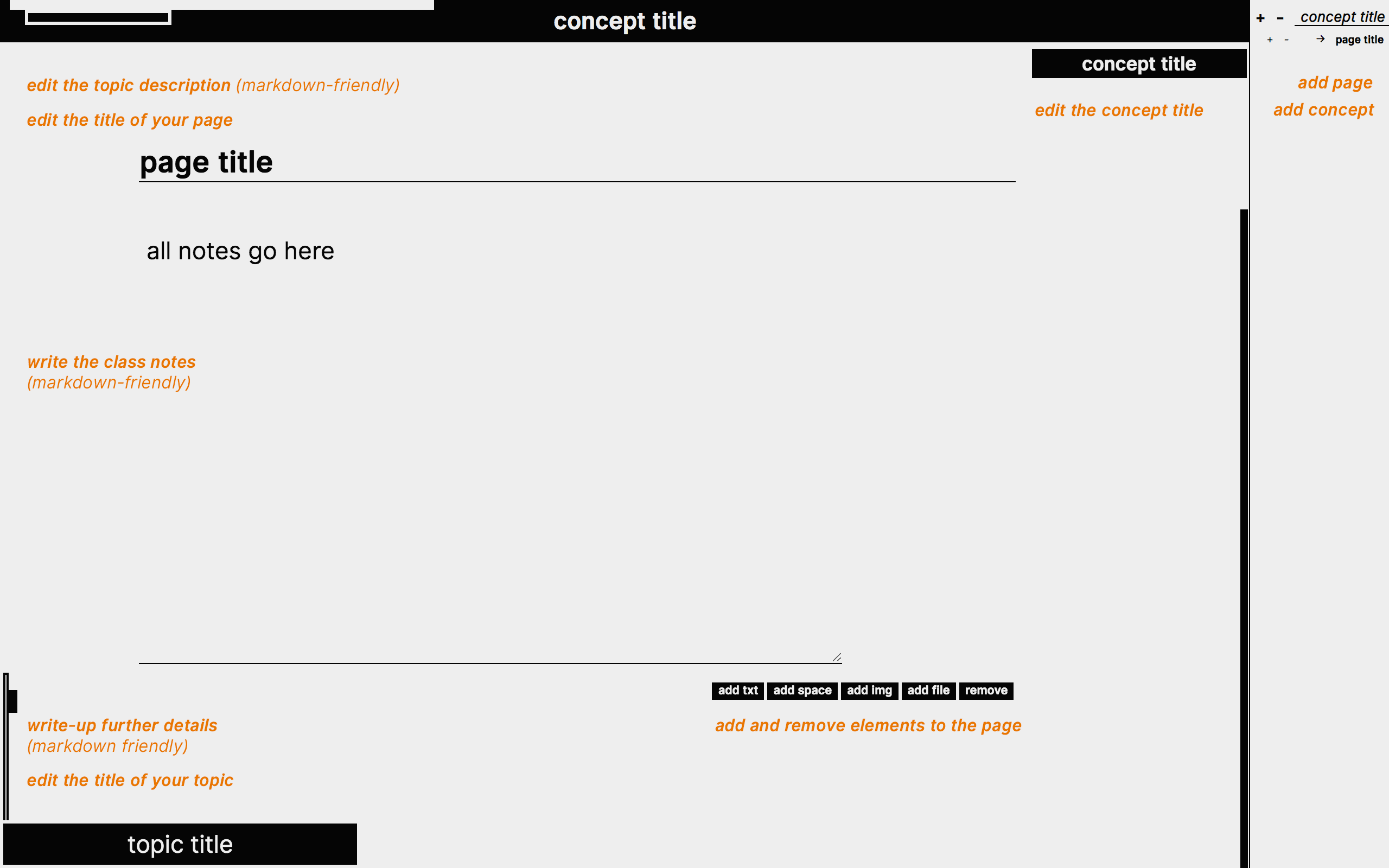
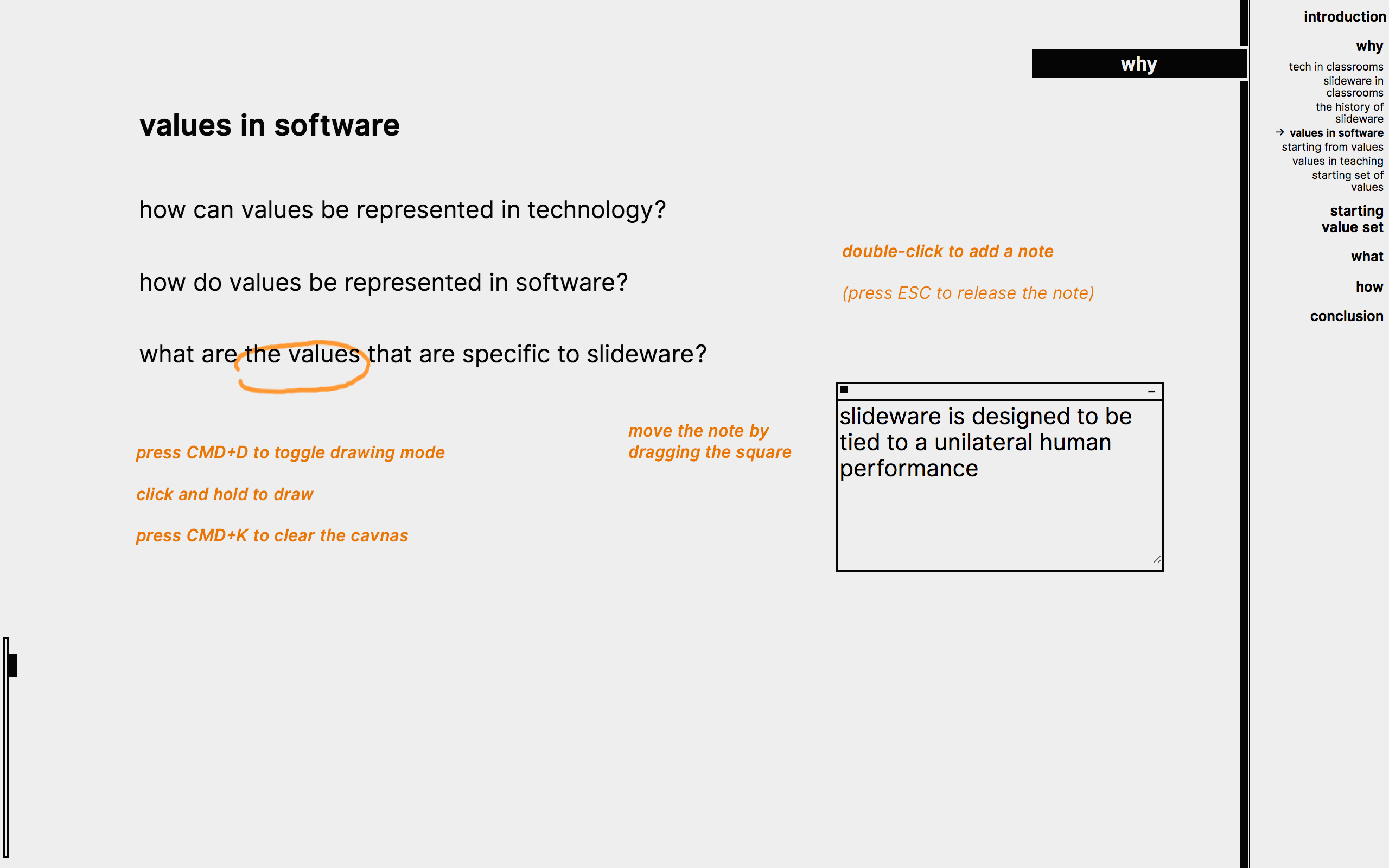
Leading office tools today still implicitly carry the outdated assumption: flat hierarchy, strict separation between presenter and audience, isolated exports. Trying to shoehorn the often iterative creative research process into the office tools paradigm, results unsurprisingly in inefficiencies and scattered materials.
Working on Multimodal is an iterative process of design, development and use, always making sure that the technical aspects never get into the learning process in the classroom. As such, it is constantly in beta testing.
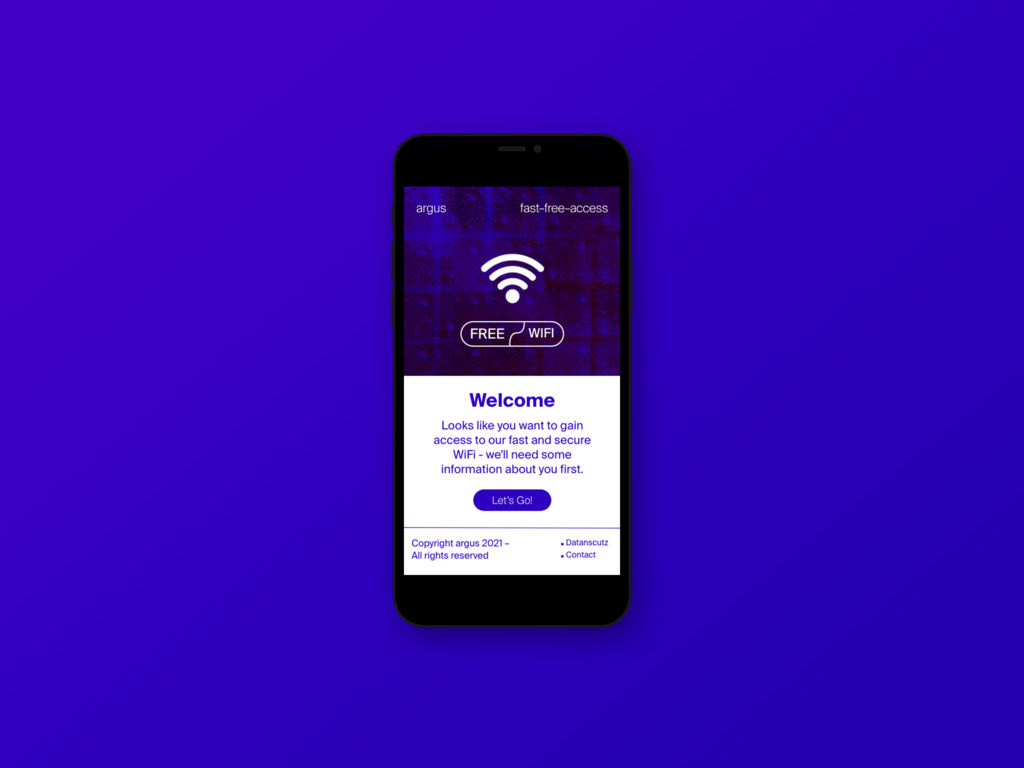
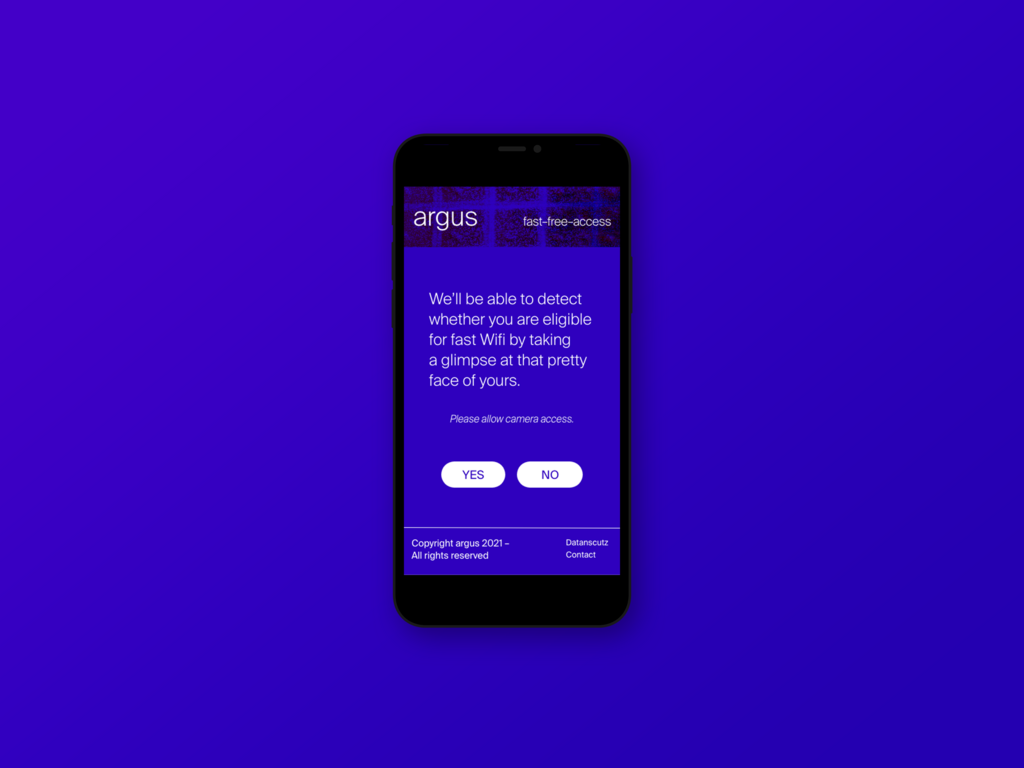
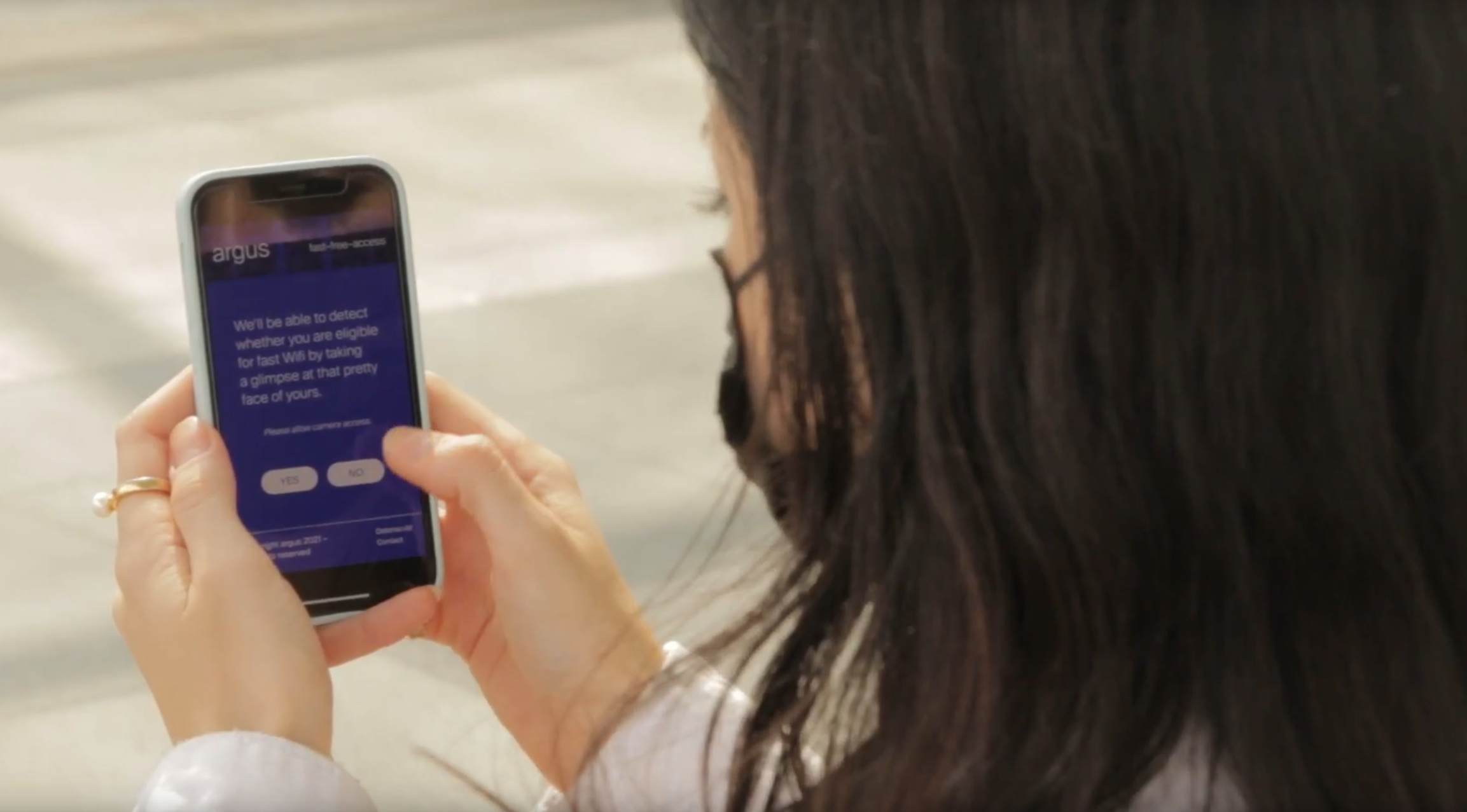
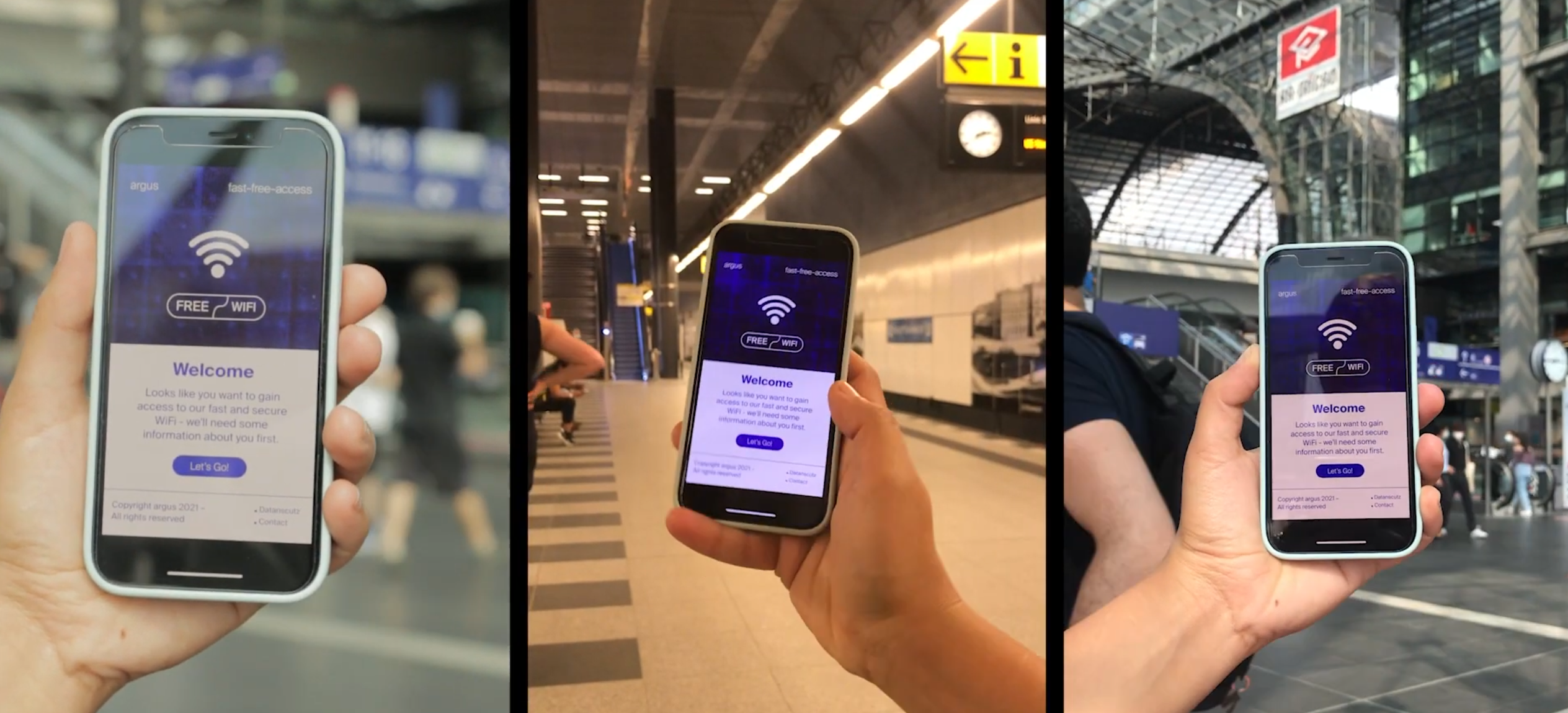
We planted fake WiFi hotspots in public transit stations, and as commuters connected to those in the hopes of getting fast bandwidth, they were guided through a crash course on invasive technologies, concluding on a call to action to engage with their MPs regarding the EU AI Act.
This project was a collaboration with multiple artists and researchers, through IMPAKT and School of Ma's CODE NL-D residency.
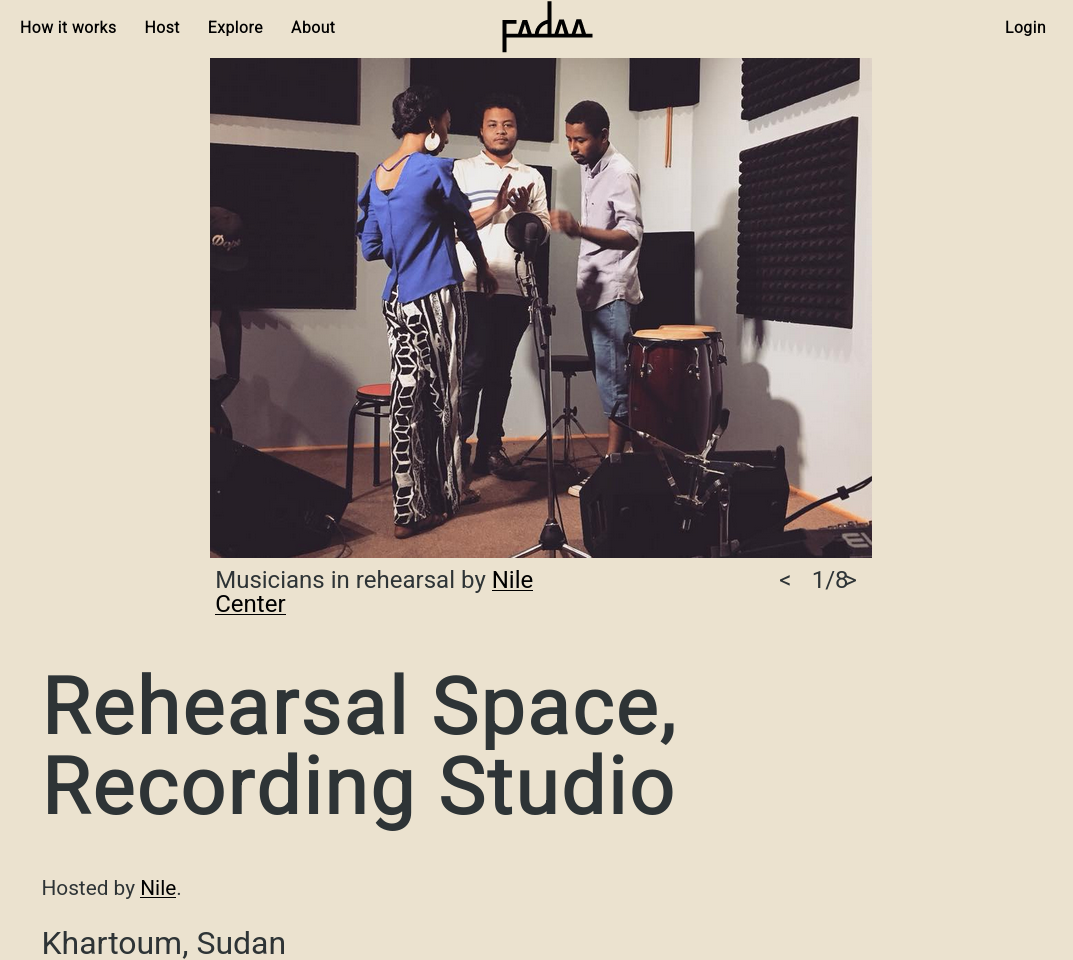
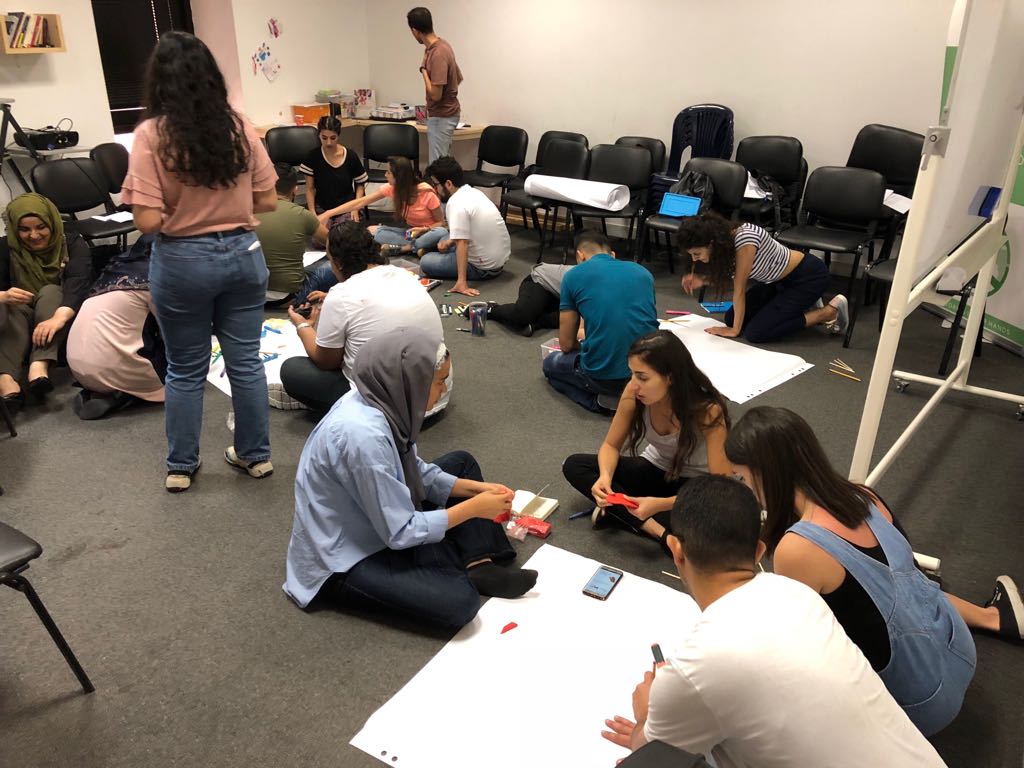
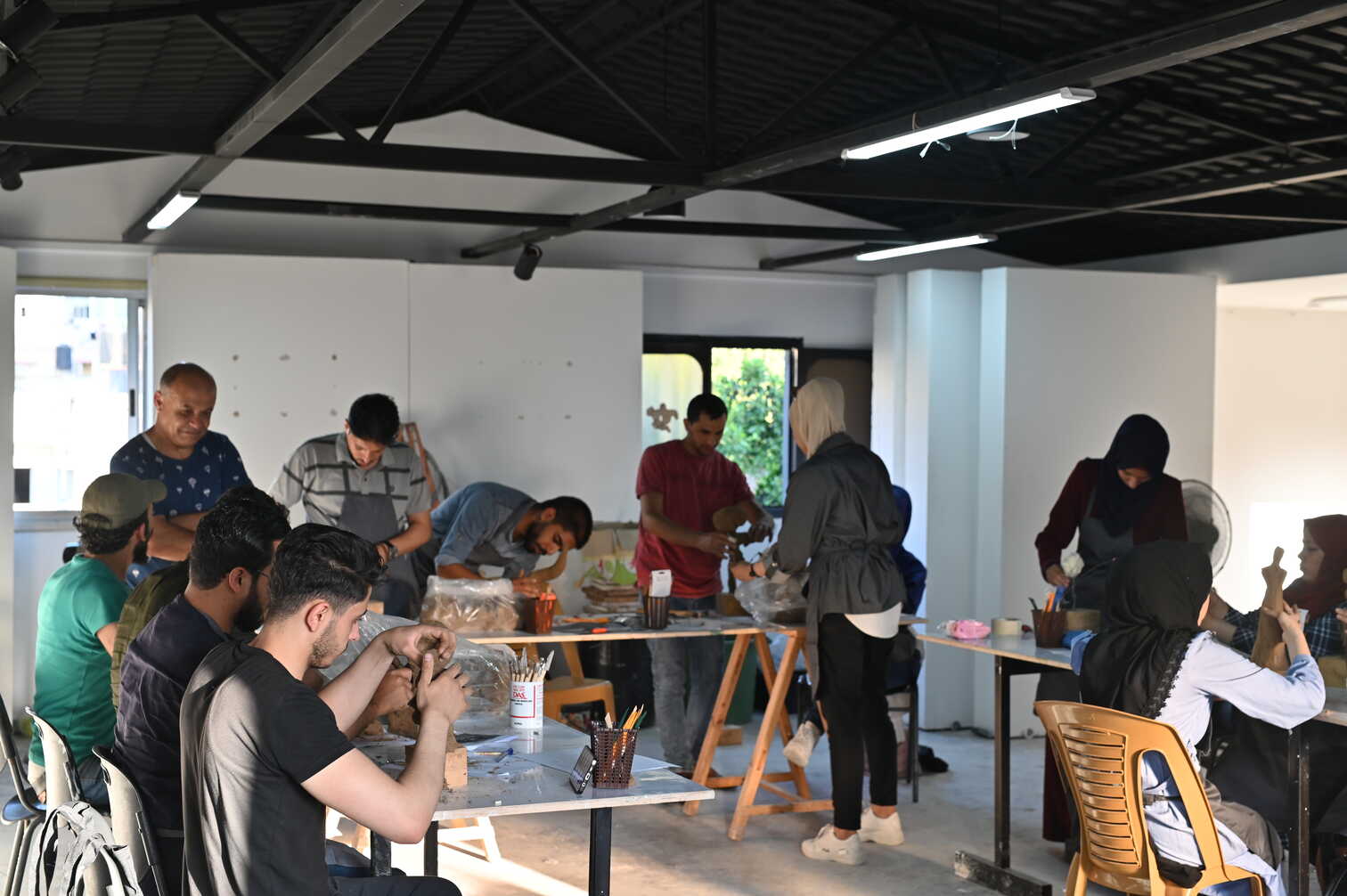
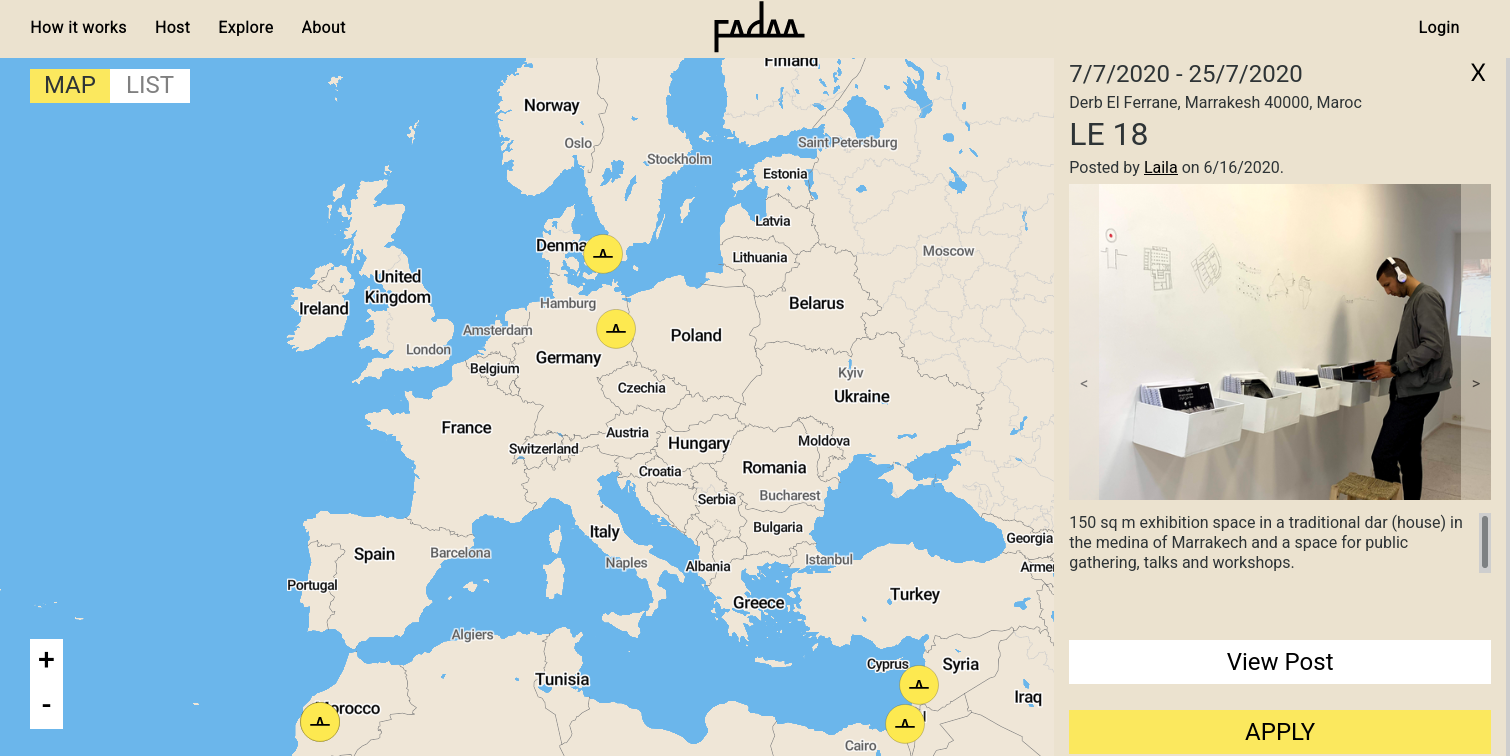
In practice, it stands in the lineage of things like couchsurfing, in which people volunteer their time and space to those who ask for it; which could be a backyard, a recording studio, an empty basement, a vacant hotel lobby. after a couple of years of development and initial funding by the Open Society Foundations, we're now hosting initial spaces, mostly in what some call the global south.
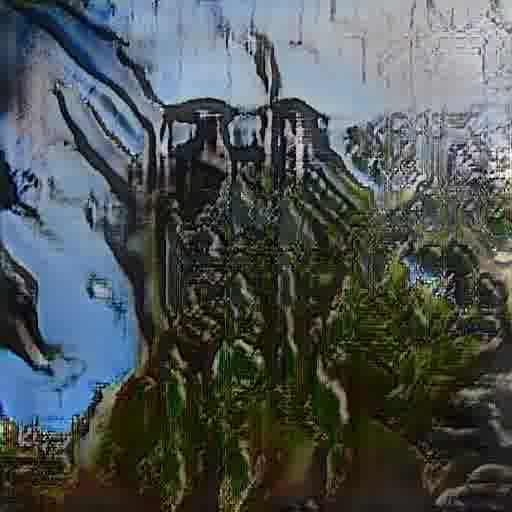

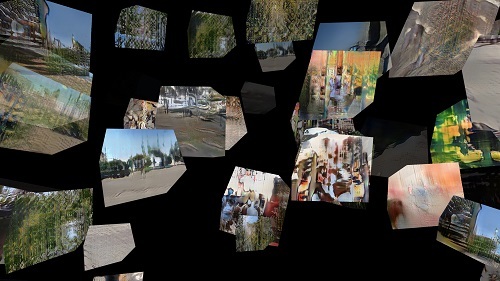
We wanted to offer a dream-like journey between a very specific, recognizable location—Sevran-Beaudottes—and an abtract landscape, that of digital extrapolations of neural networks, a difficult tension which always shadow the discourses which accompany the project.
Truth be told, Sevran is one of the city in france with the highest rates of youth unemployment, and one of the highest rates of drug use. I have mixed feelings about the fact that public money was spent on an ephemeral VR installation rather than on other, more essential services; and even if an artwork can provide an escape from a broken system, I personally feel like this piece wasn't up to the task.
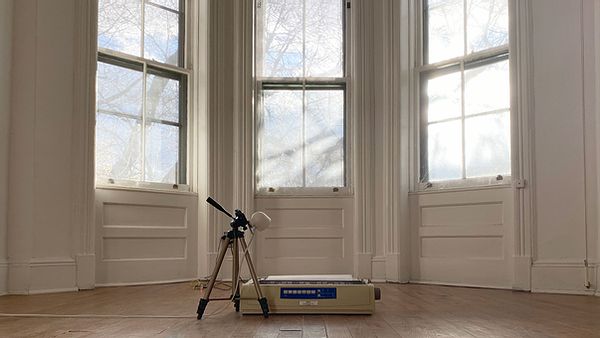
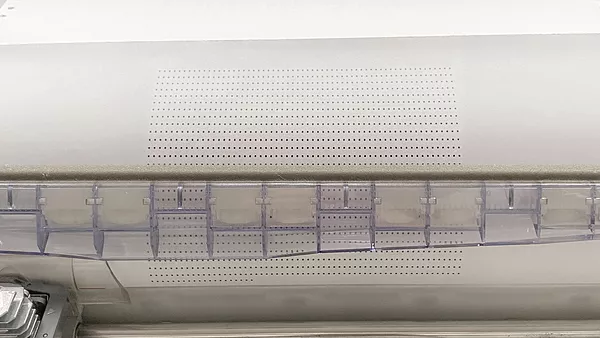
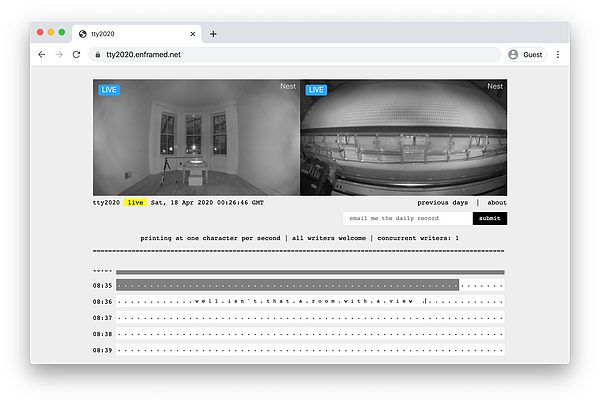
Via a website, any visitor can view all previously printed text, and enter new text to be printed, Until the moment it is sent to print, all text is readable only by its author, so she drafts in private. To everyone else on the page, her input is displayed as grey blocks. Every second, as the print head moves forward, it sets in ink each character in its path, rendering it public to all, externalizing the confined, both diary and broadcasting.
Representing the concept of a networked stream (multiple users interacting on a single canonical thread) turned out to be much more complicated than expected, from a UI point of view.
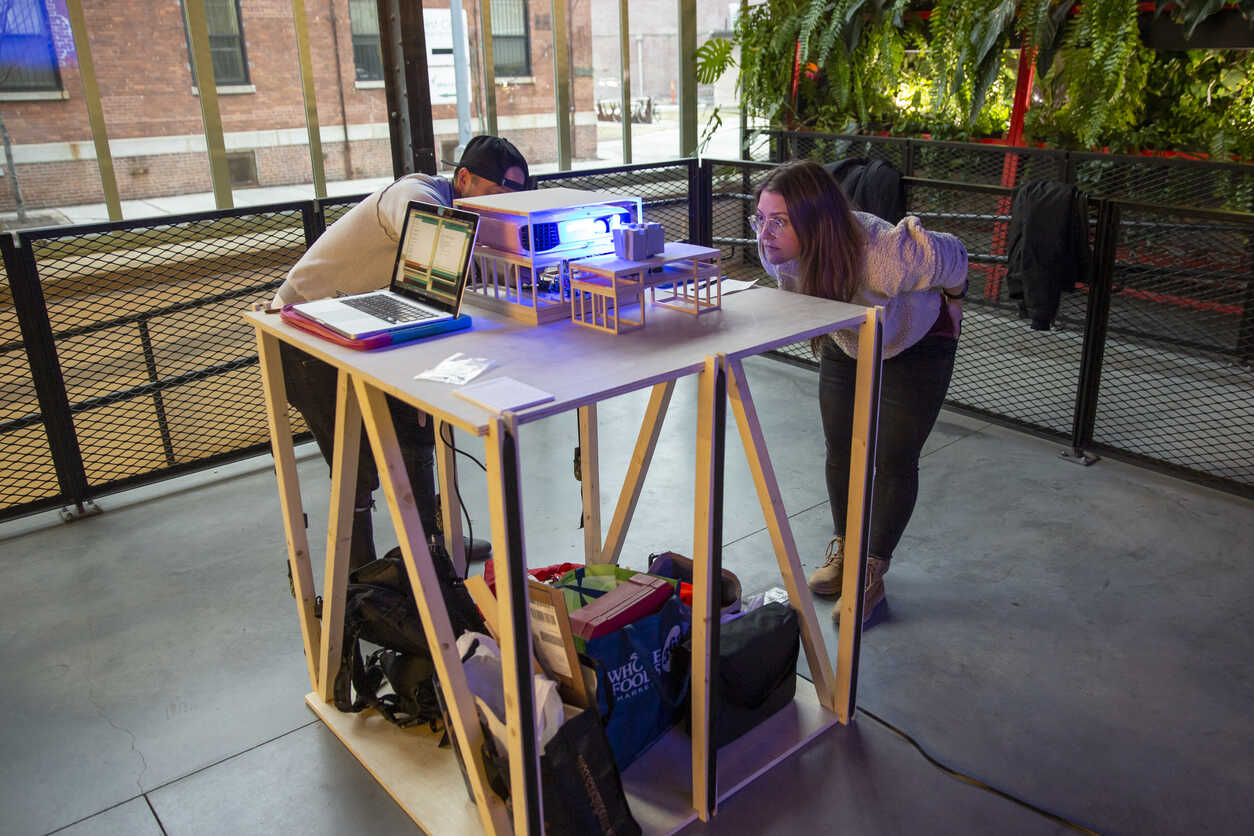

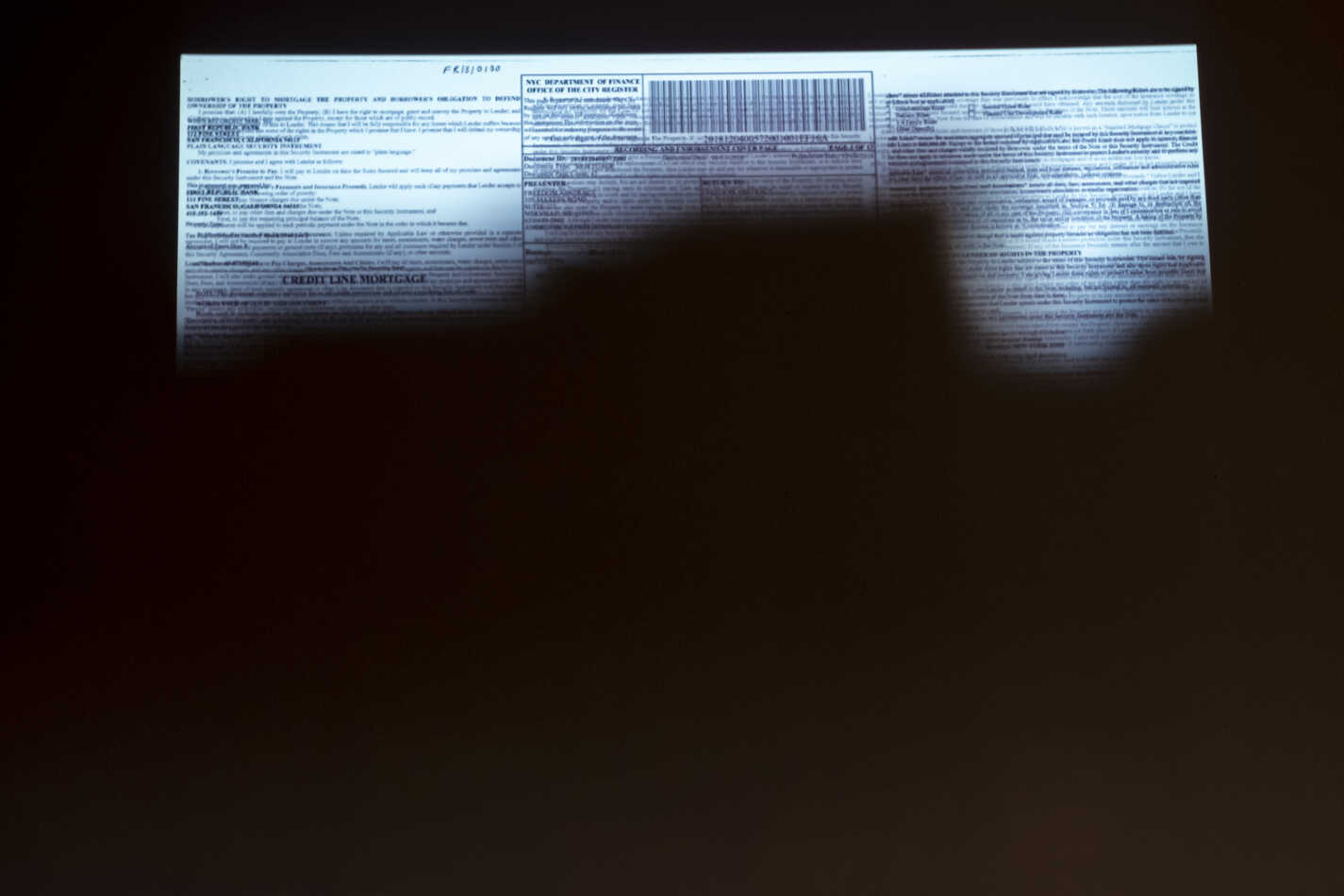

The amount of sunlight that urban zones are exposed to throughout the year is well-documented, and visualized using state-of-the-art technology; it is the experience of seeing the light disappear that prevents readers from knowing what it is, not to live in shadows, but to see the light disappear.
Meanwhile, as the buildings rise, they obfuscate the original act of their creation—the financial exchange of mortgages—as they get buried deeper and deeper into the ACRIS database, supposedly open, yet hardly searchable, hardly findable.
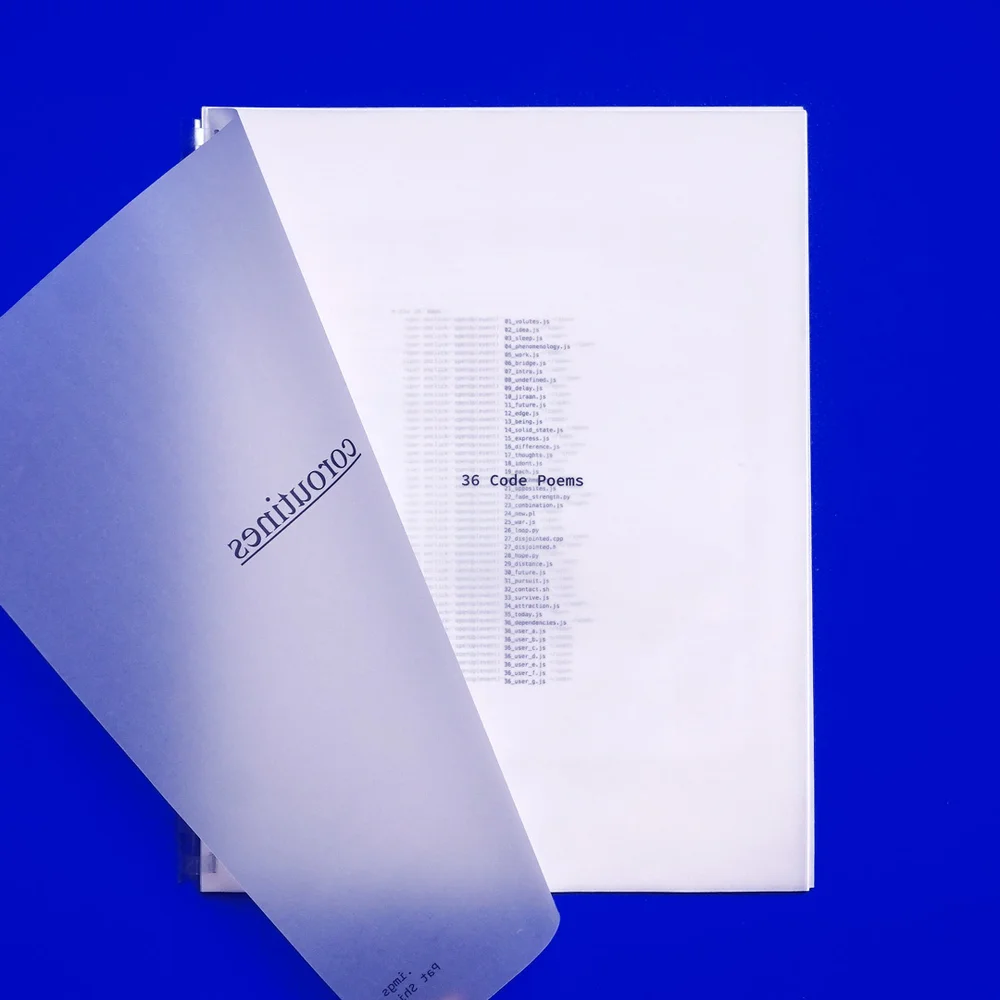
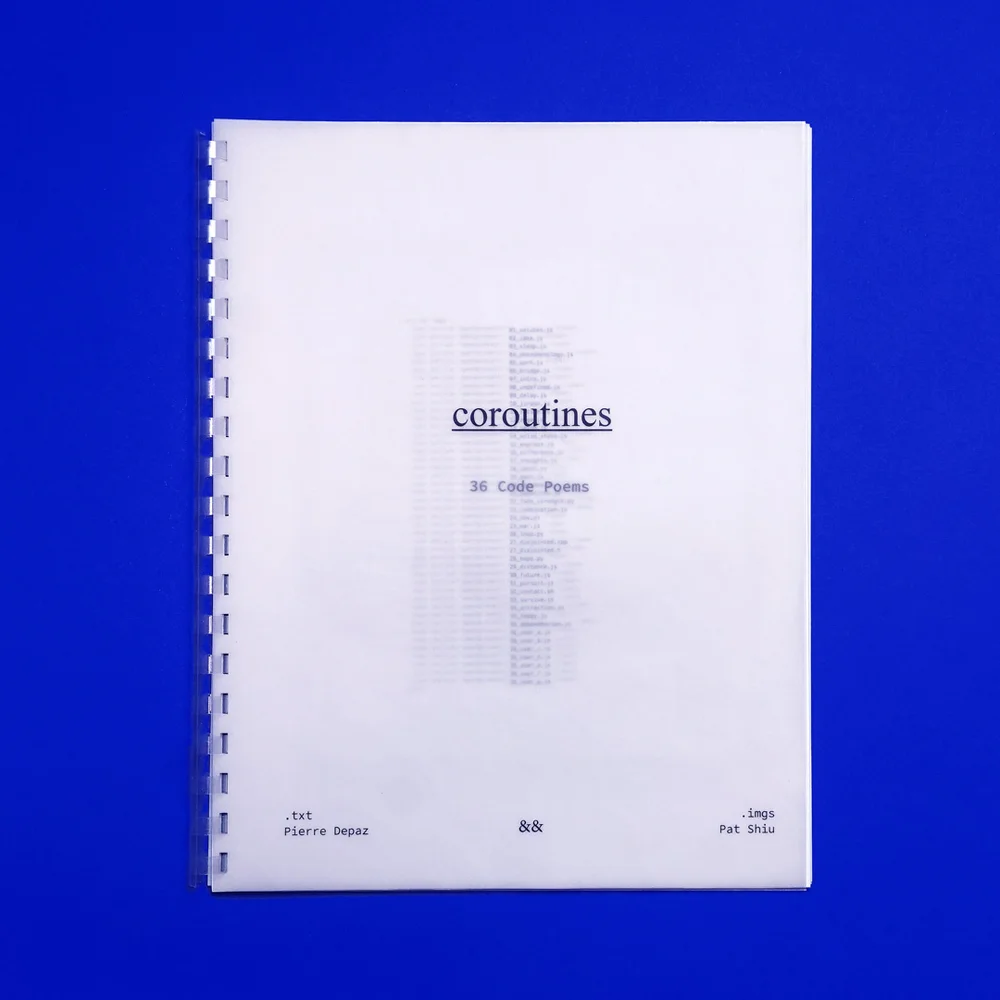
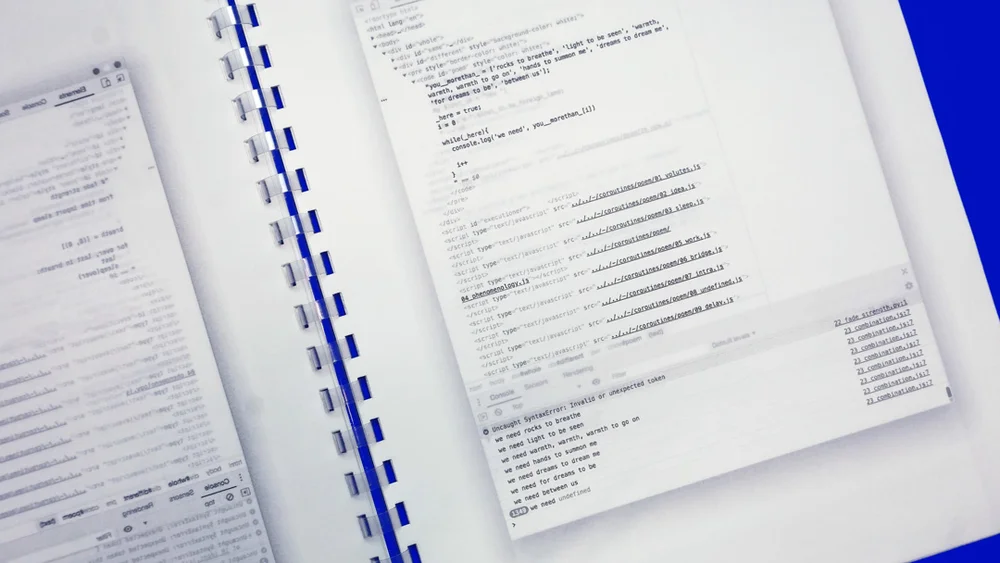
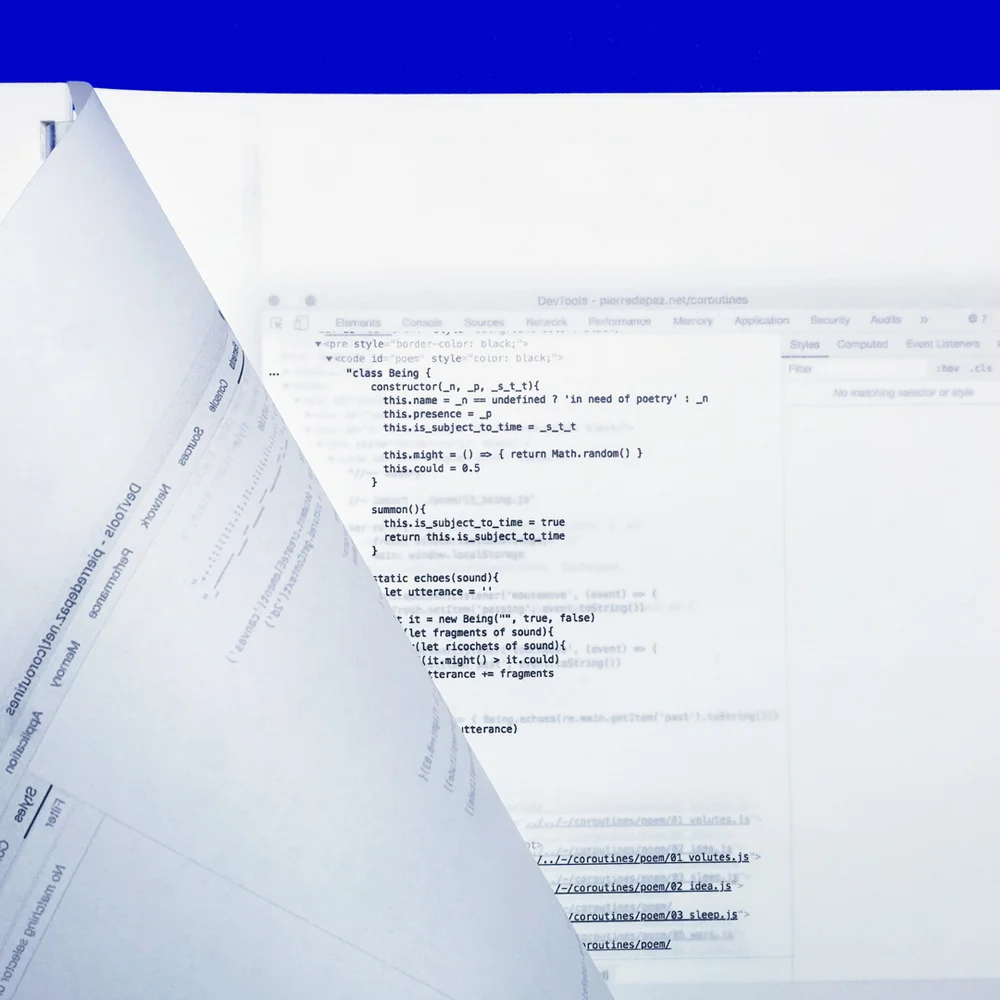
The collection is presented as snapshots of a browser's developer tools panel, inspecting the webpage where I originally publicly posted the pieces. By using techniques such as reverse-printing, layering and translucency, the poetic frames take on a new narrative life on the tactile page.
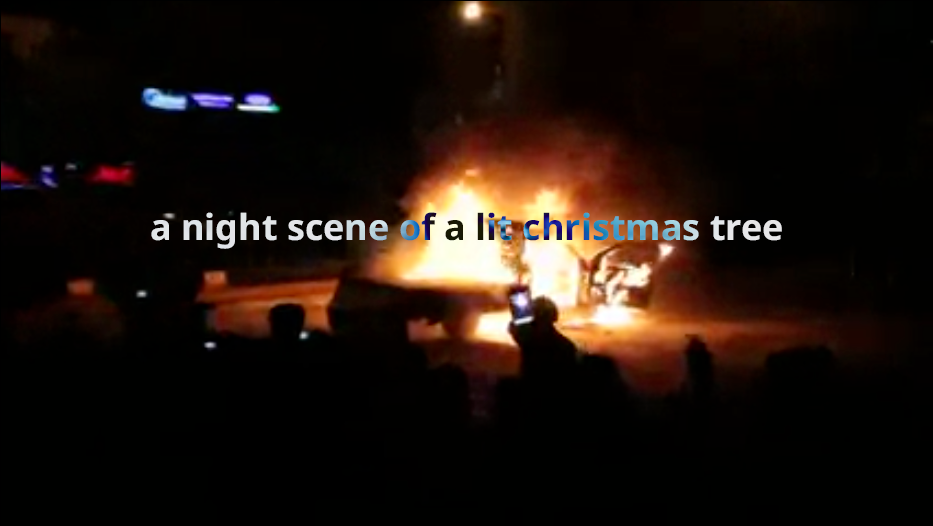
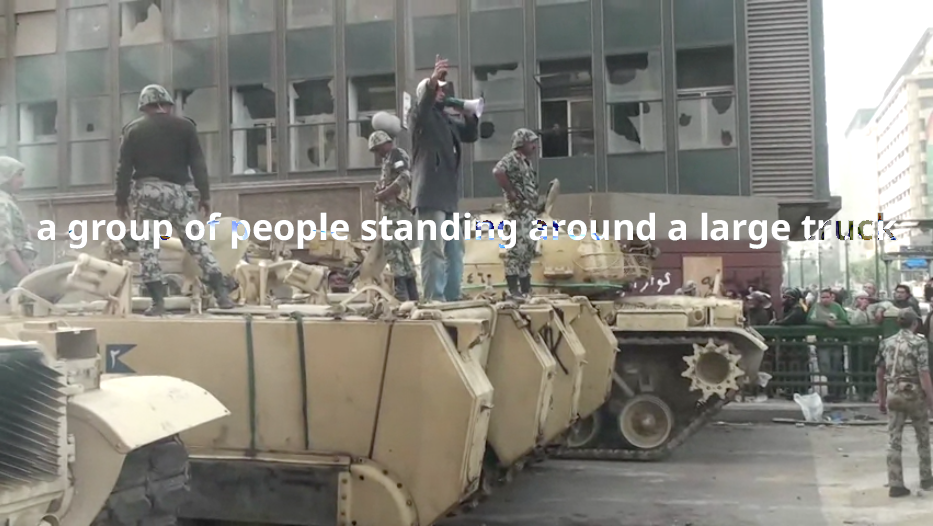
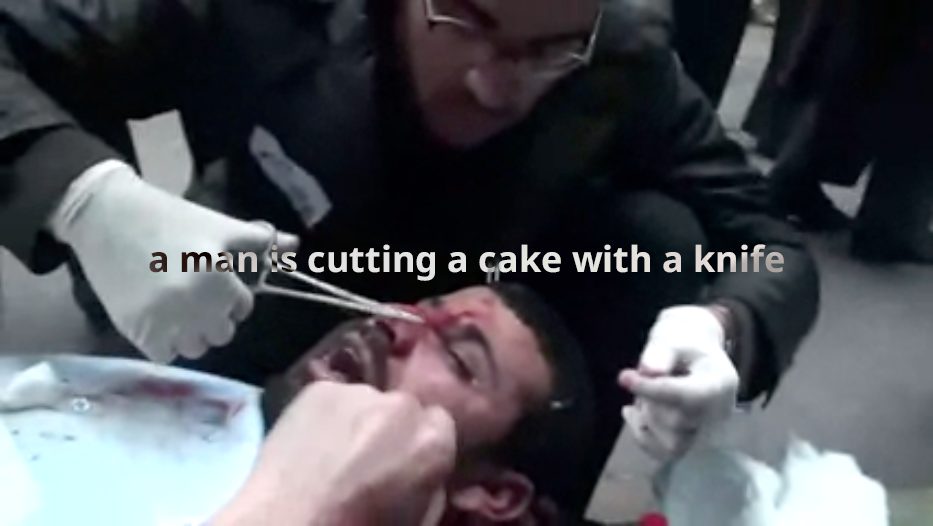
LSTM recombines endlessly archive videos from the 858 archive, and runs each segment through an image-to-text neural network, which attempts to give a written description of the image. The result is the spectacle of the failure of our technological fantasies: short, descriptive, cold sentences are overlaid on top of the videos, as if they were enough to convey the meaning of those moments.
The act of remembering and re-telling is in itself essential to process the intensity of the past and highlights yet another discrepancy between the human experience and the computer perspective. Instead of replaying those images as a coping mechanism, the AI only approaches it as training data, asking the question: once it can describe these images, how does that help?



The second task was to figure out a consistent way to play a video across devices. Since some had no sd card, no wifi capabilities, faulty browsing capabilities, this ended up in me learning how to do native Android development. I also found interesting footage left on some of the second-hand phones.